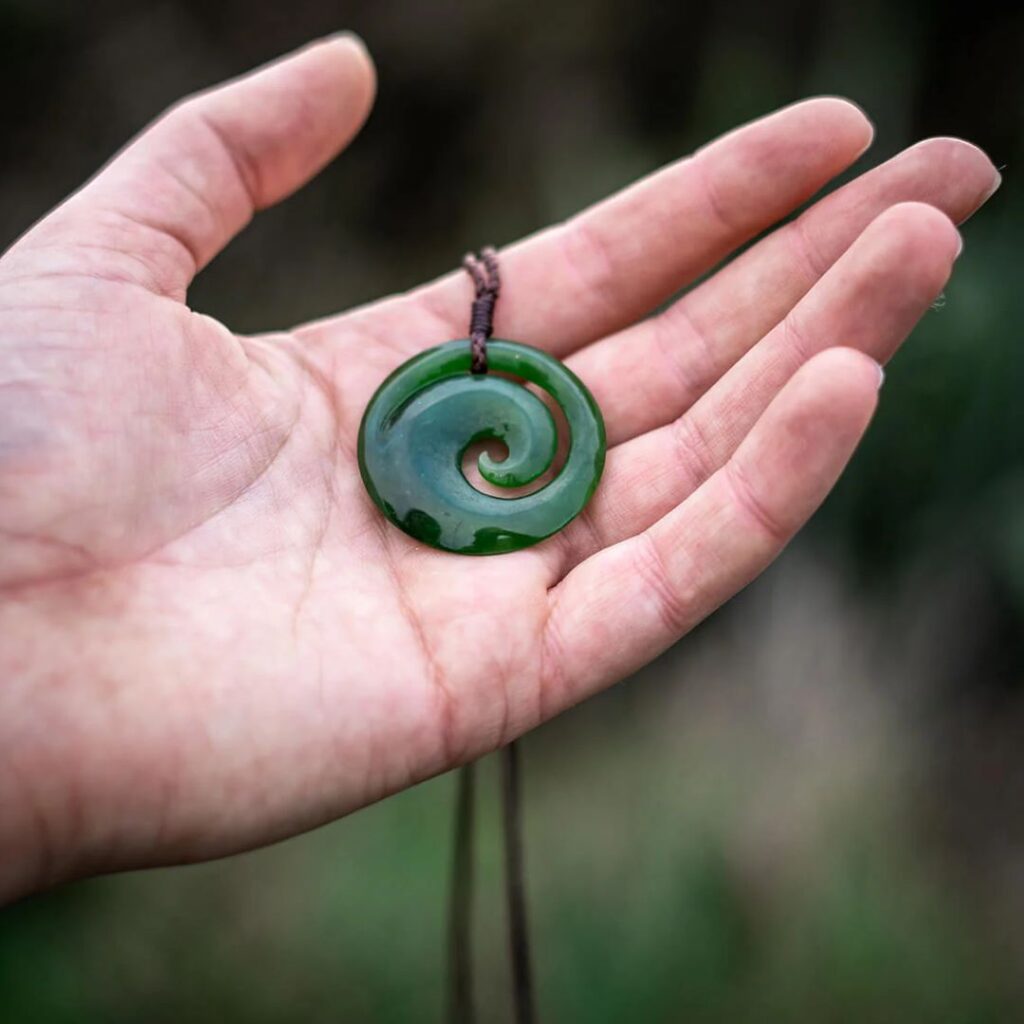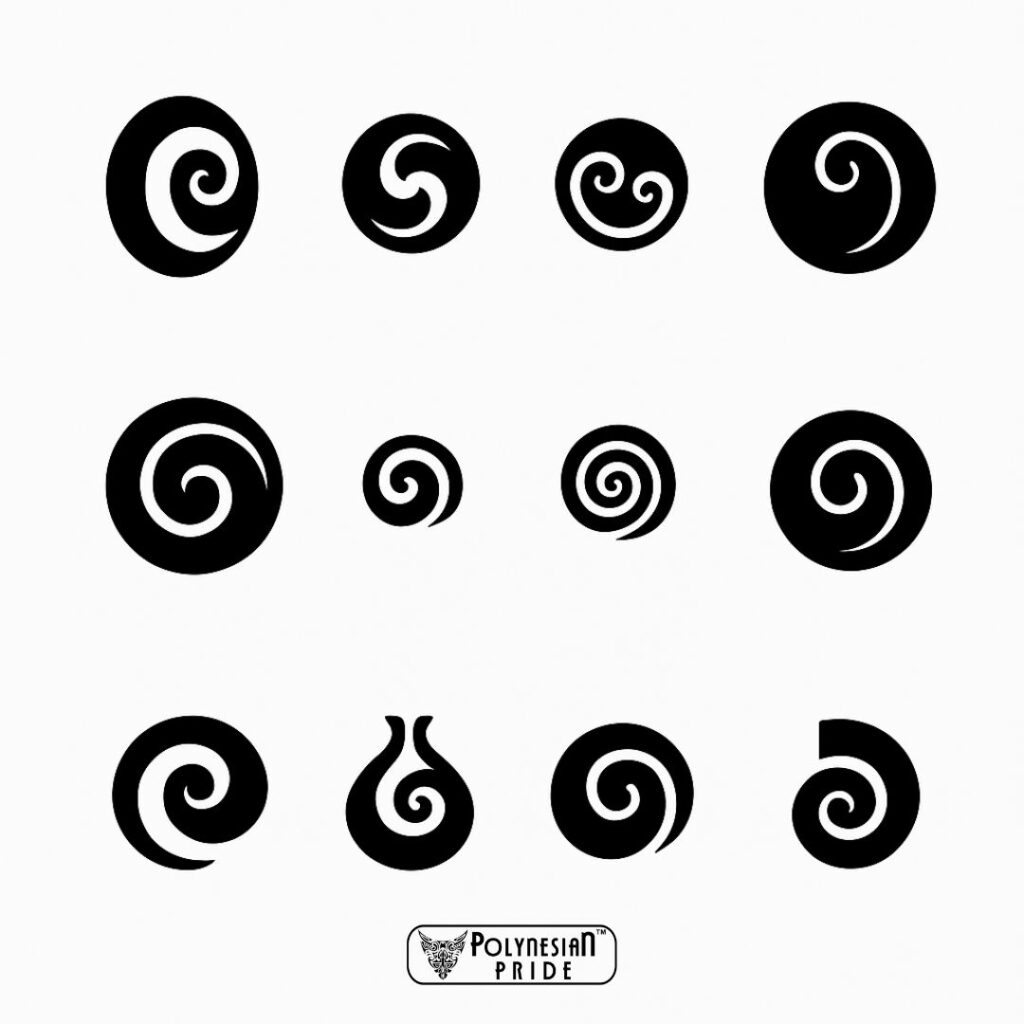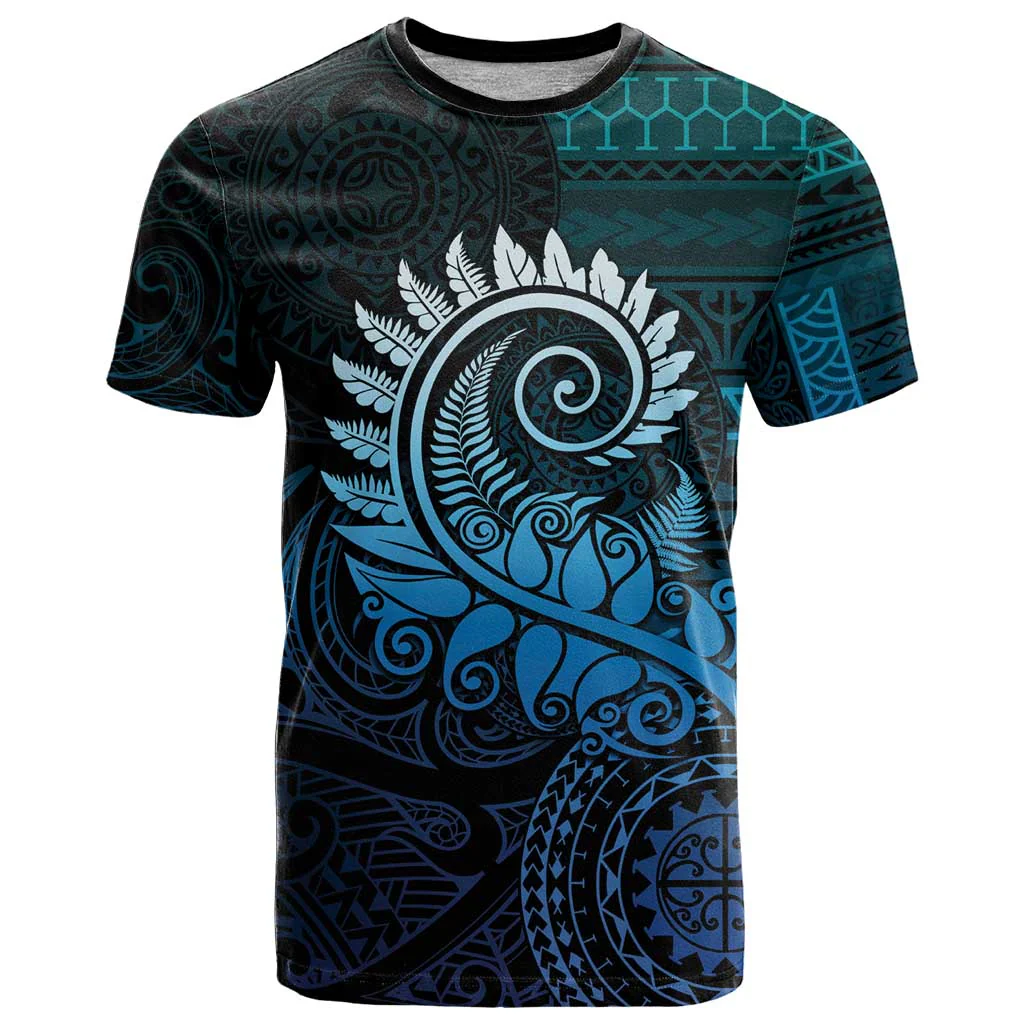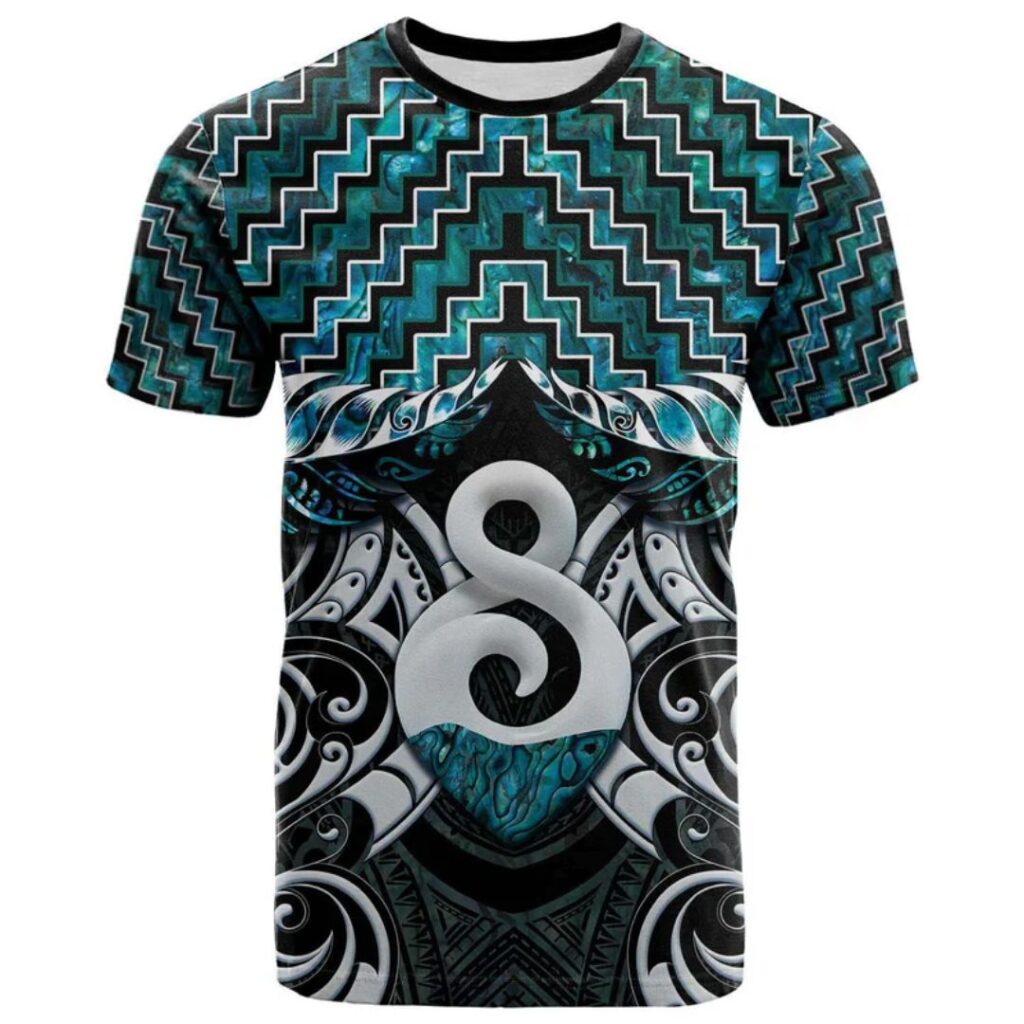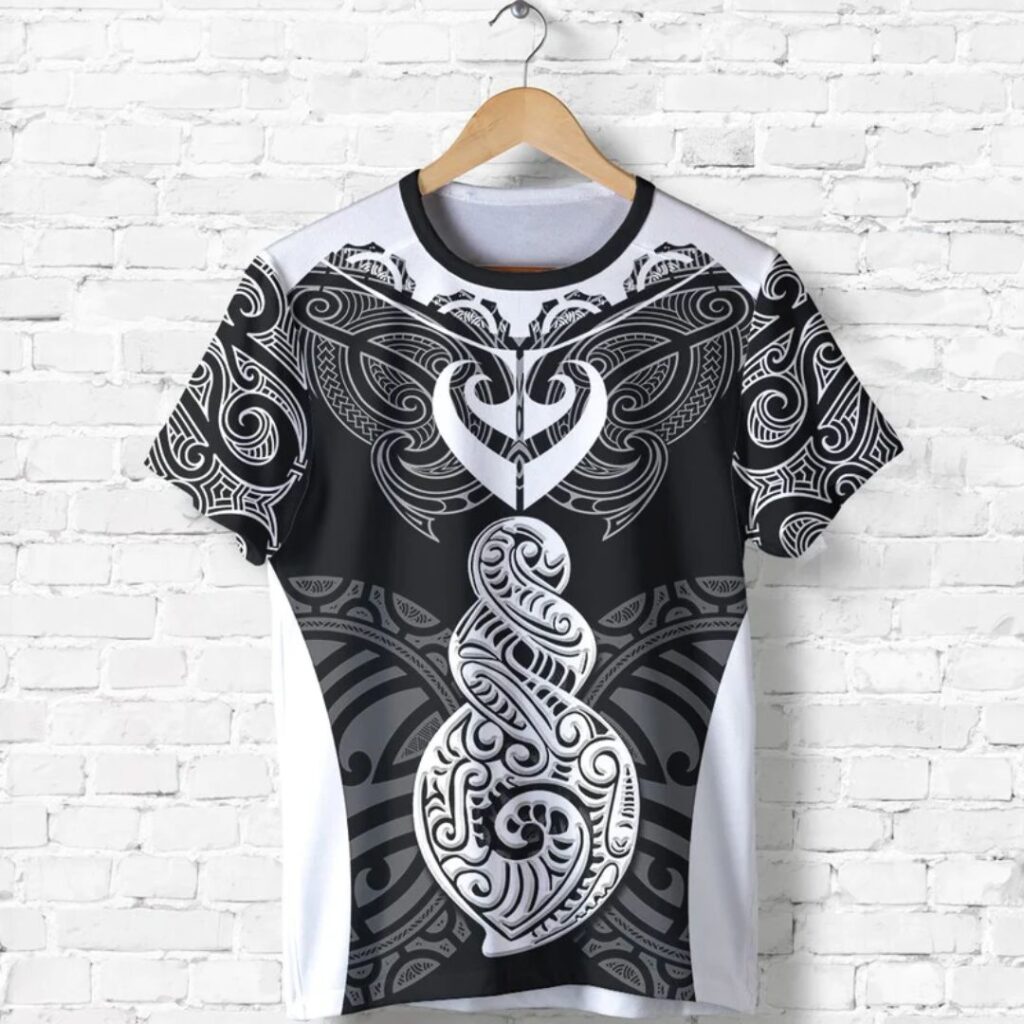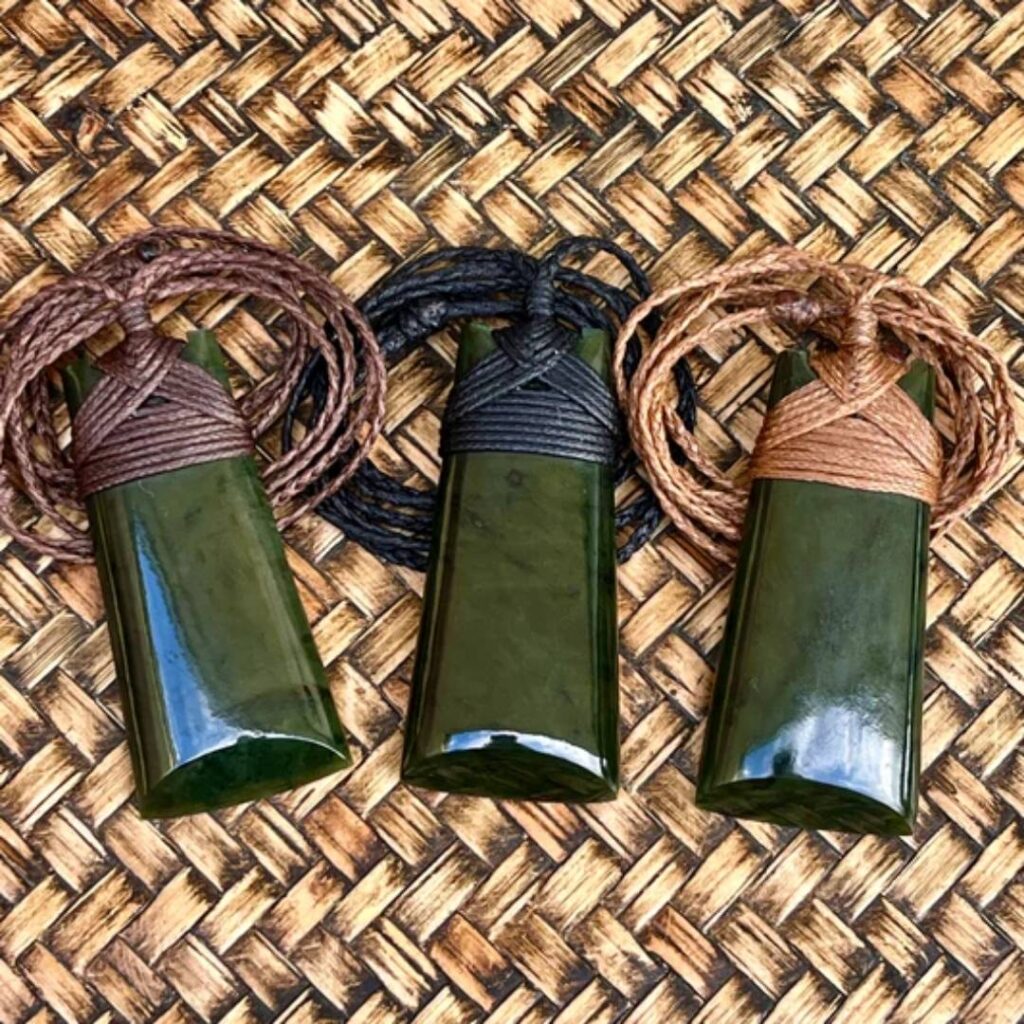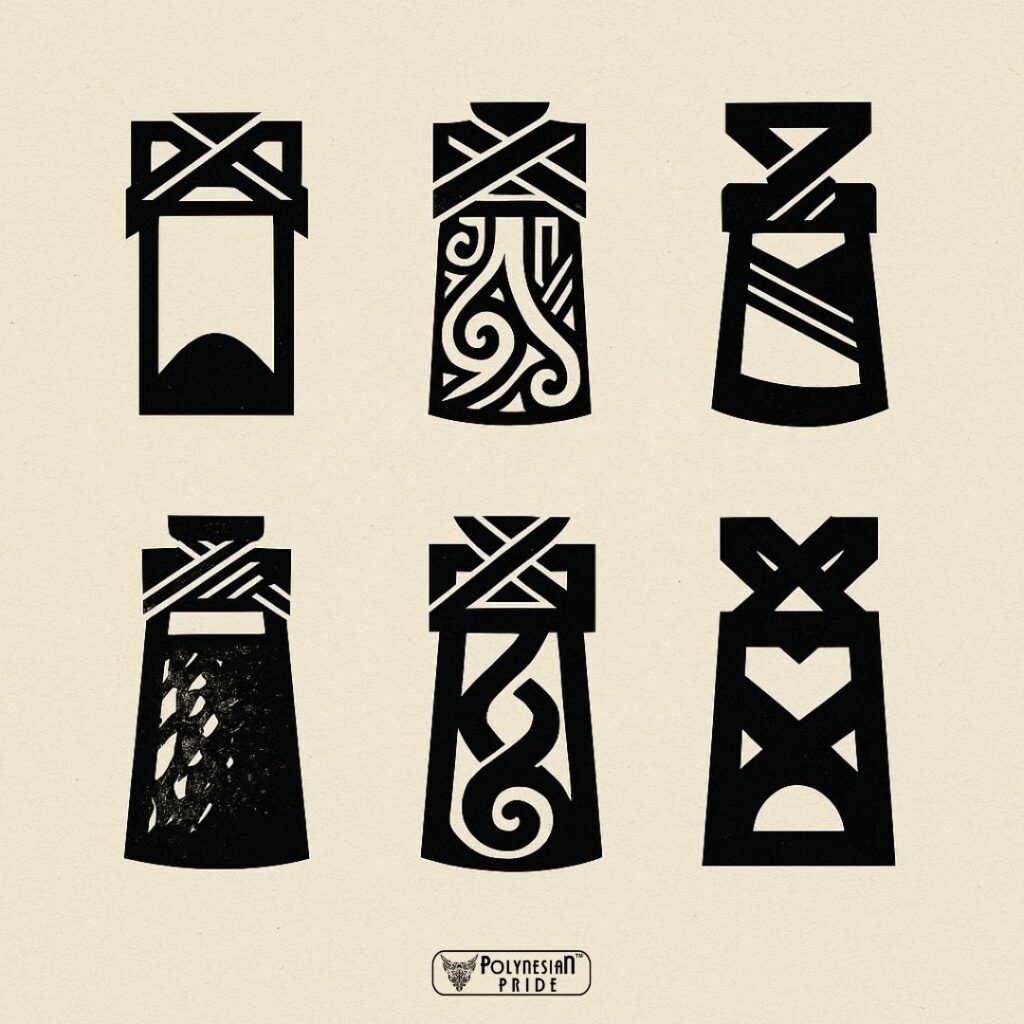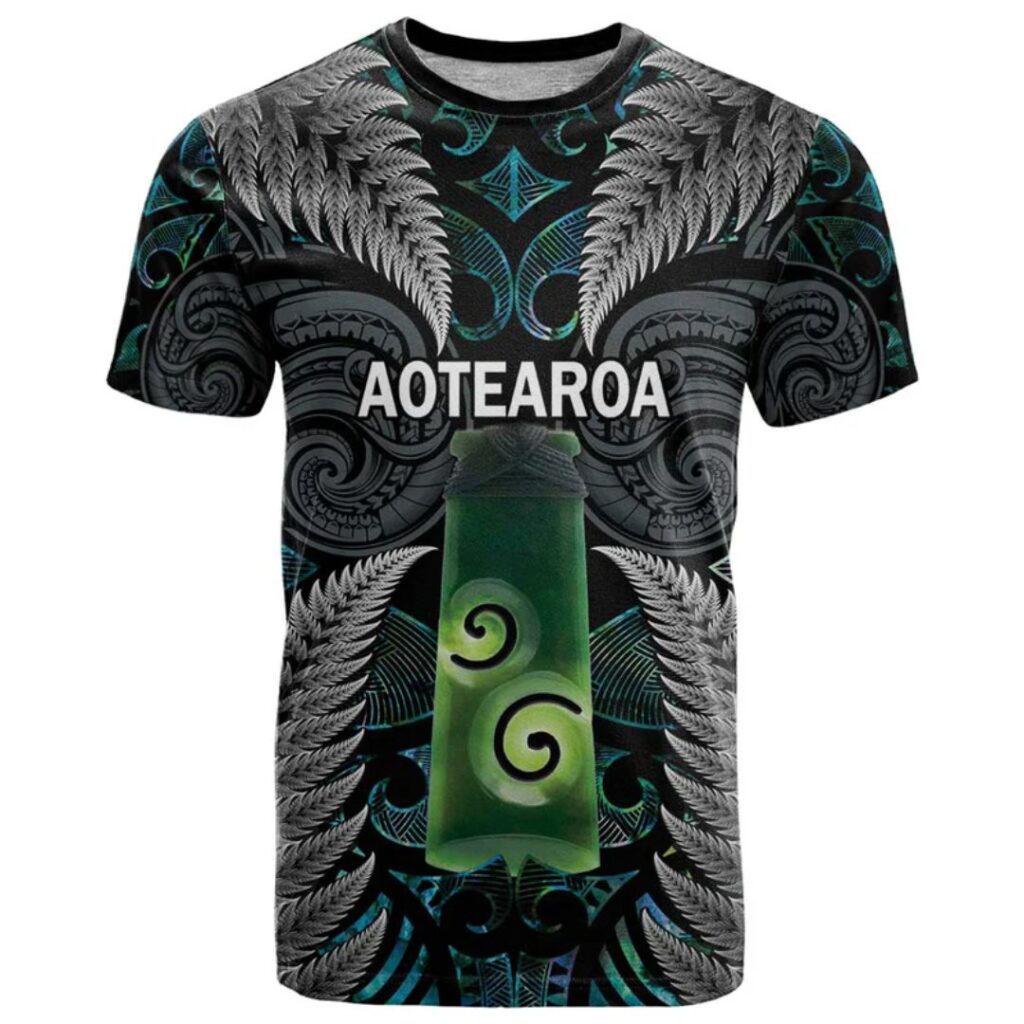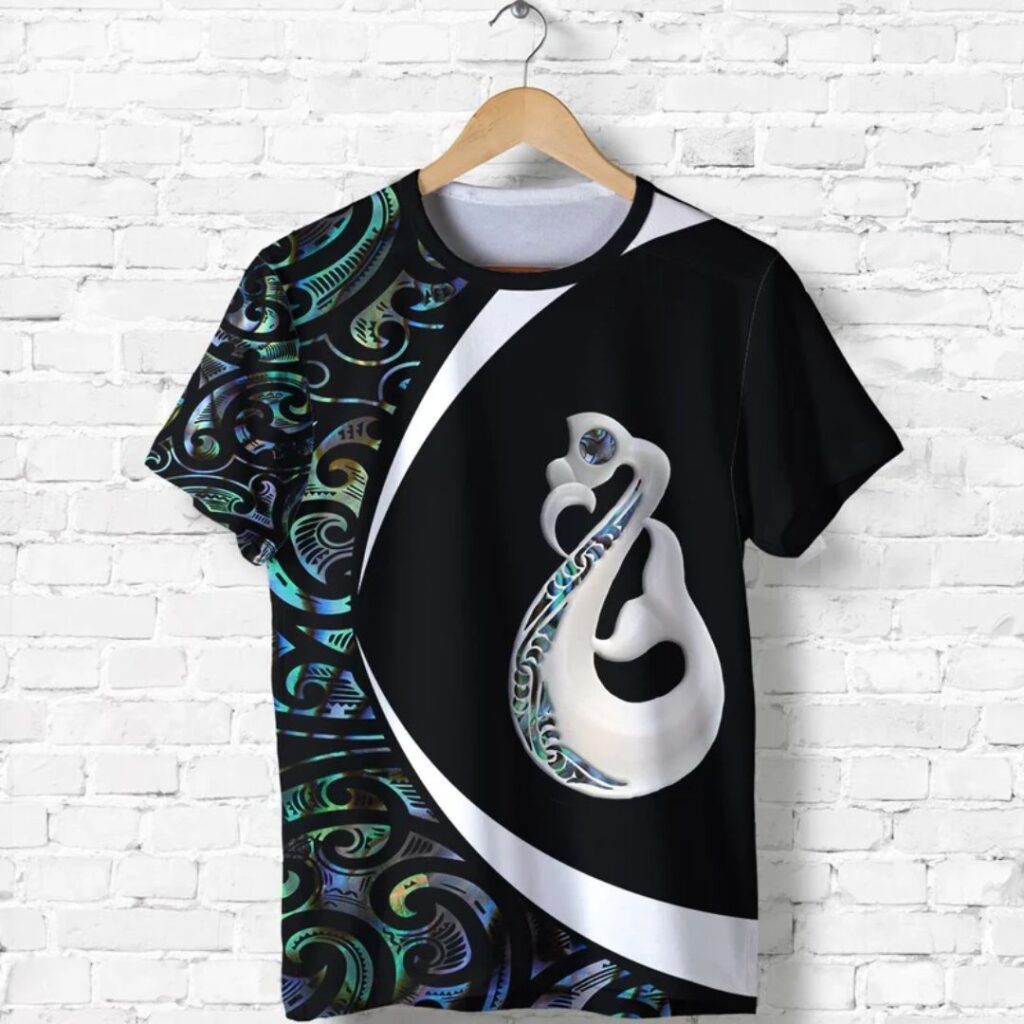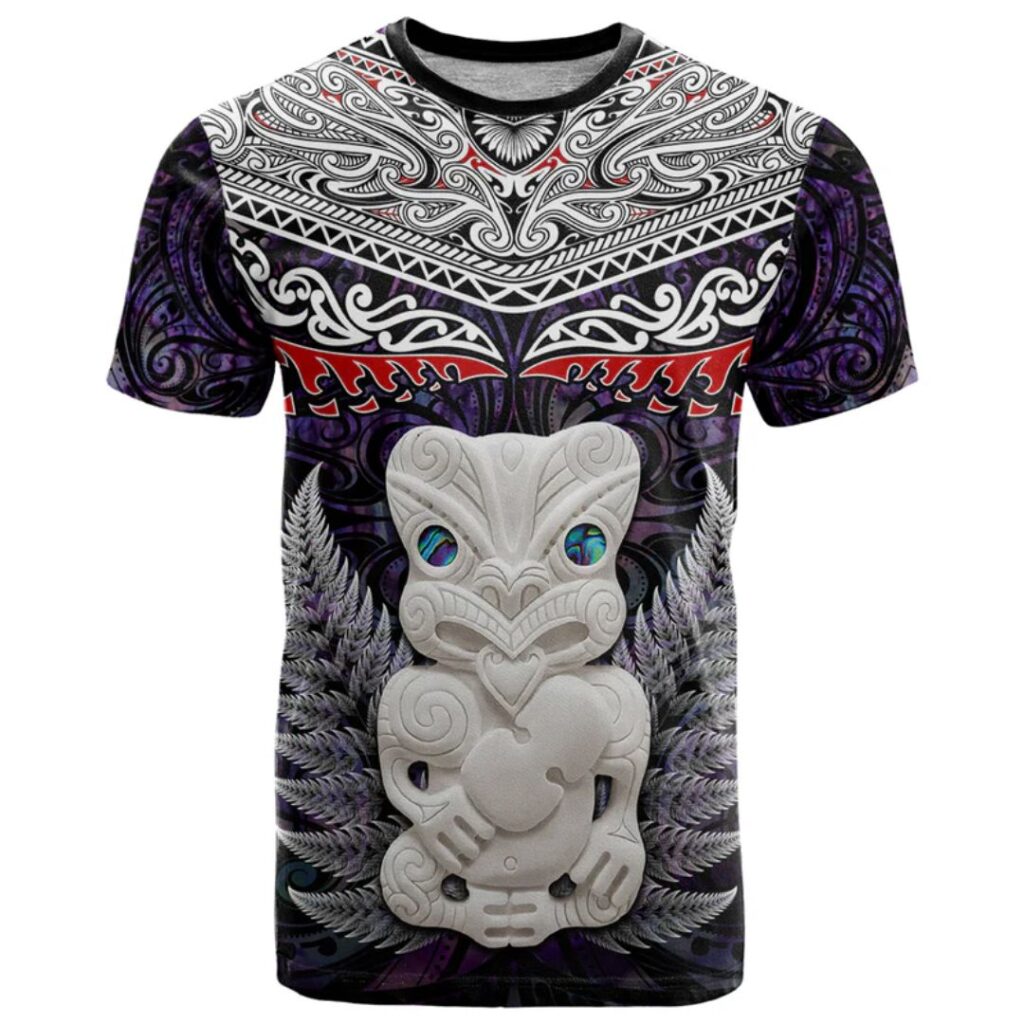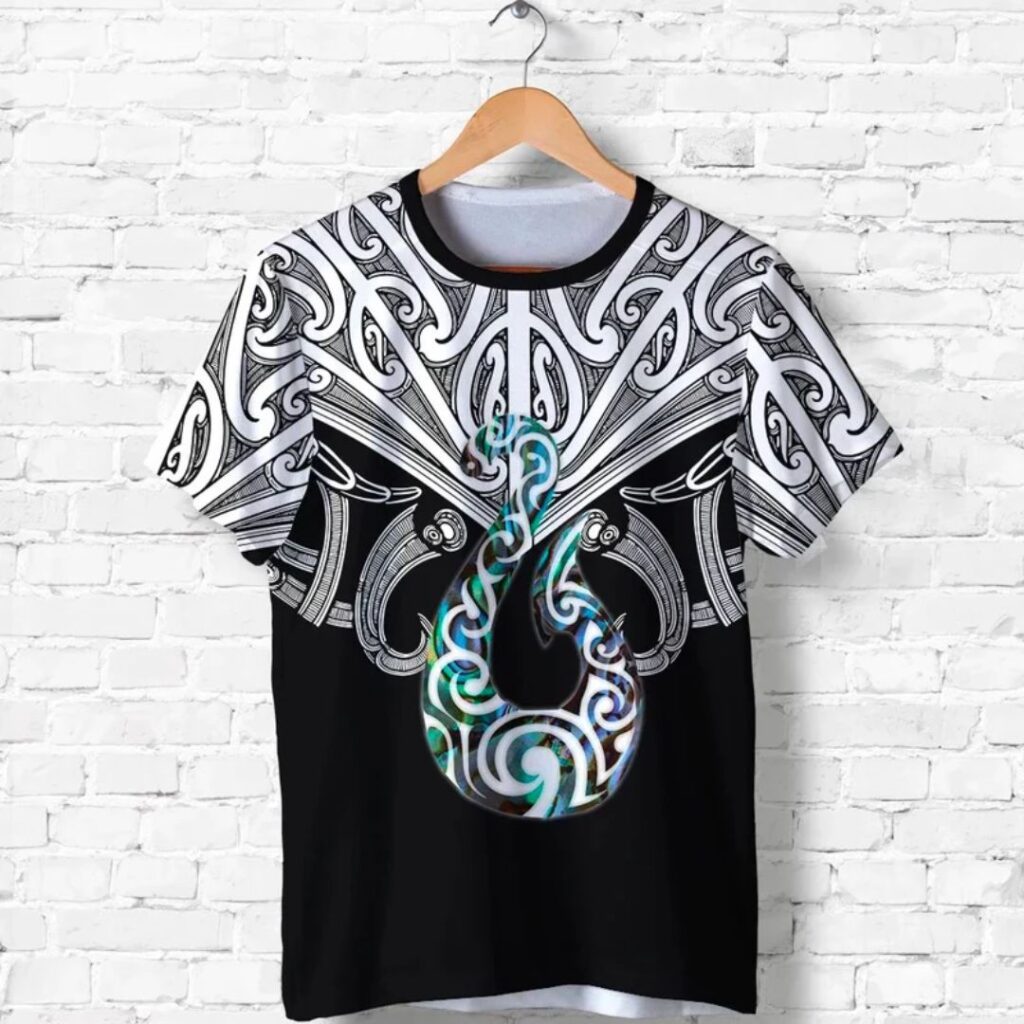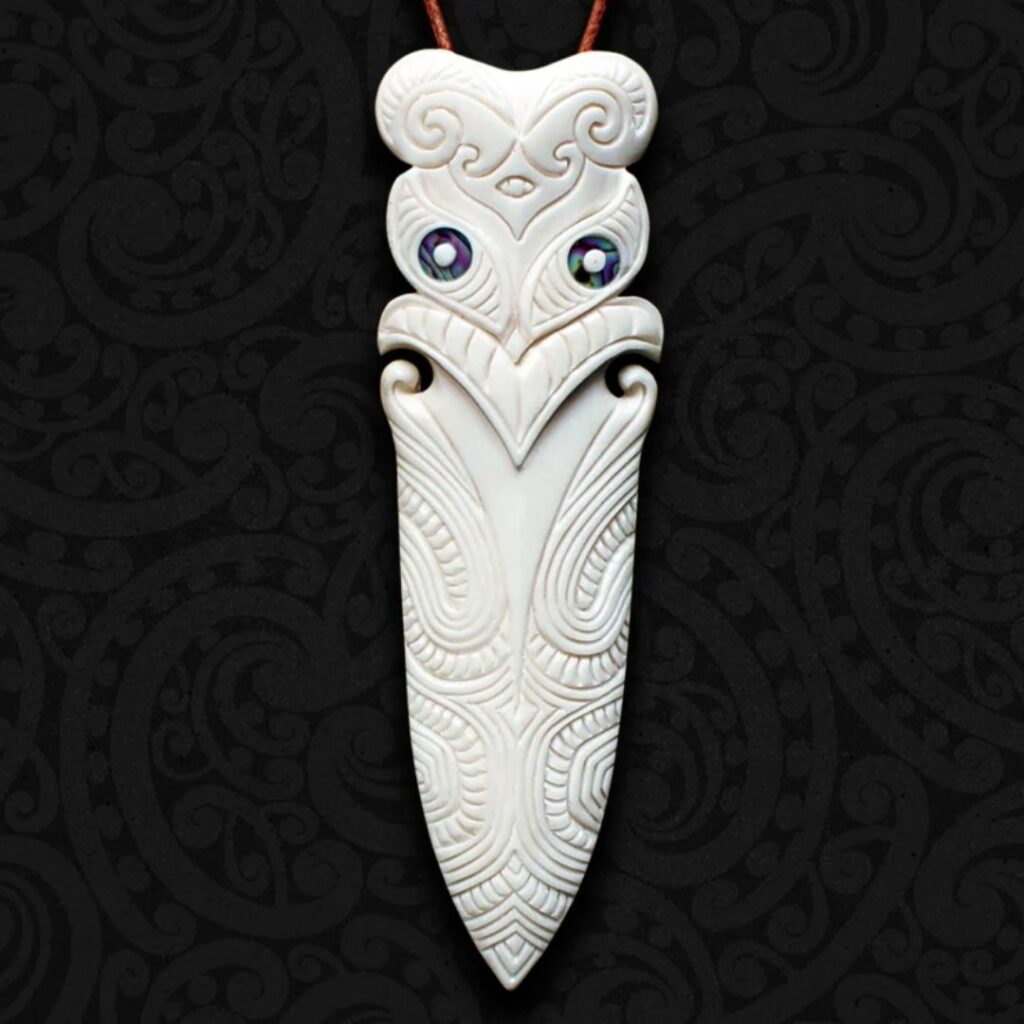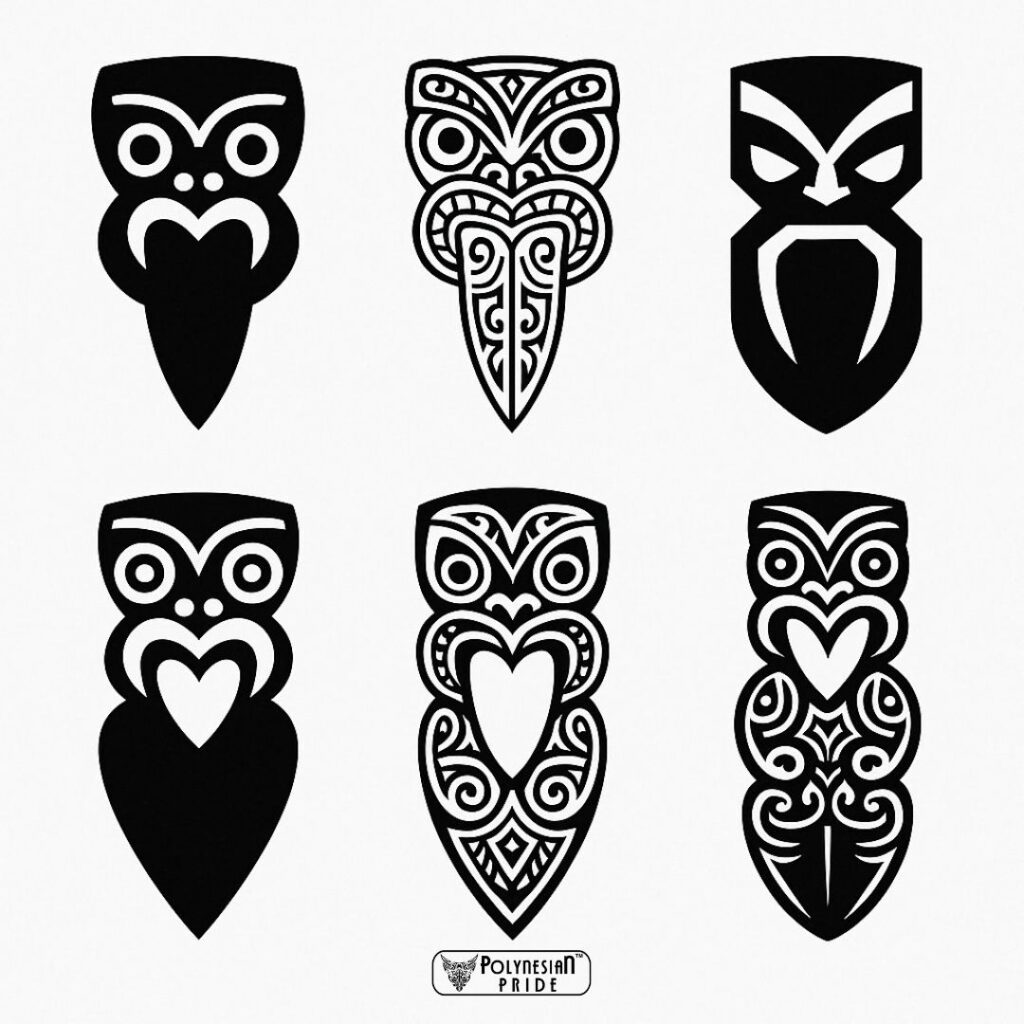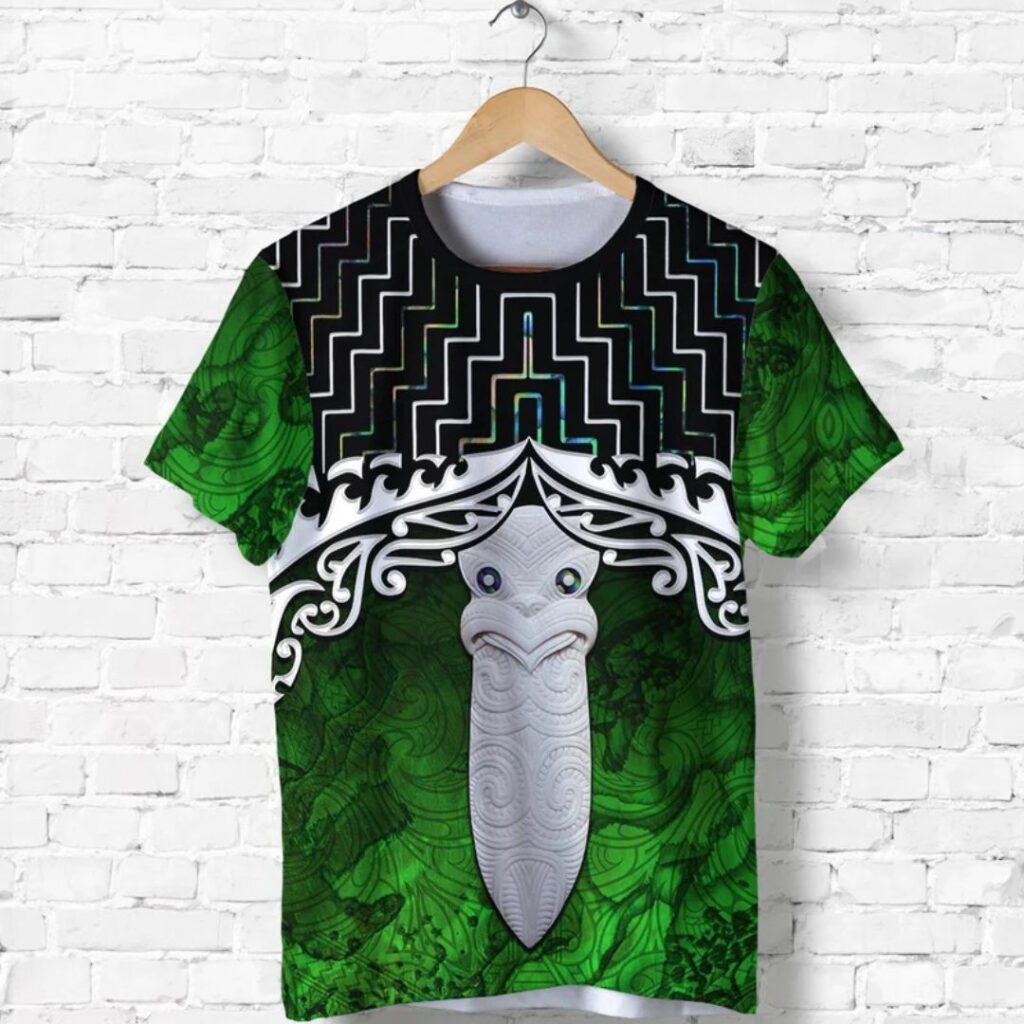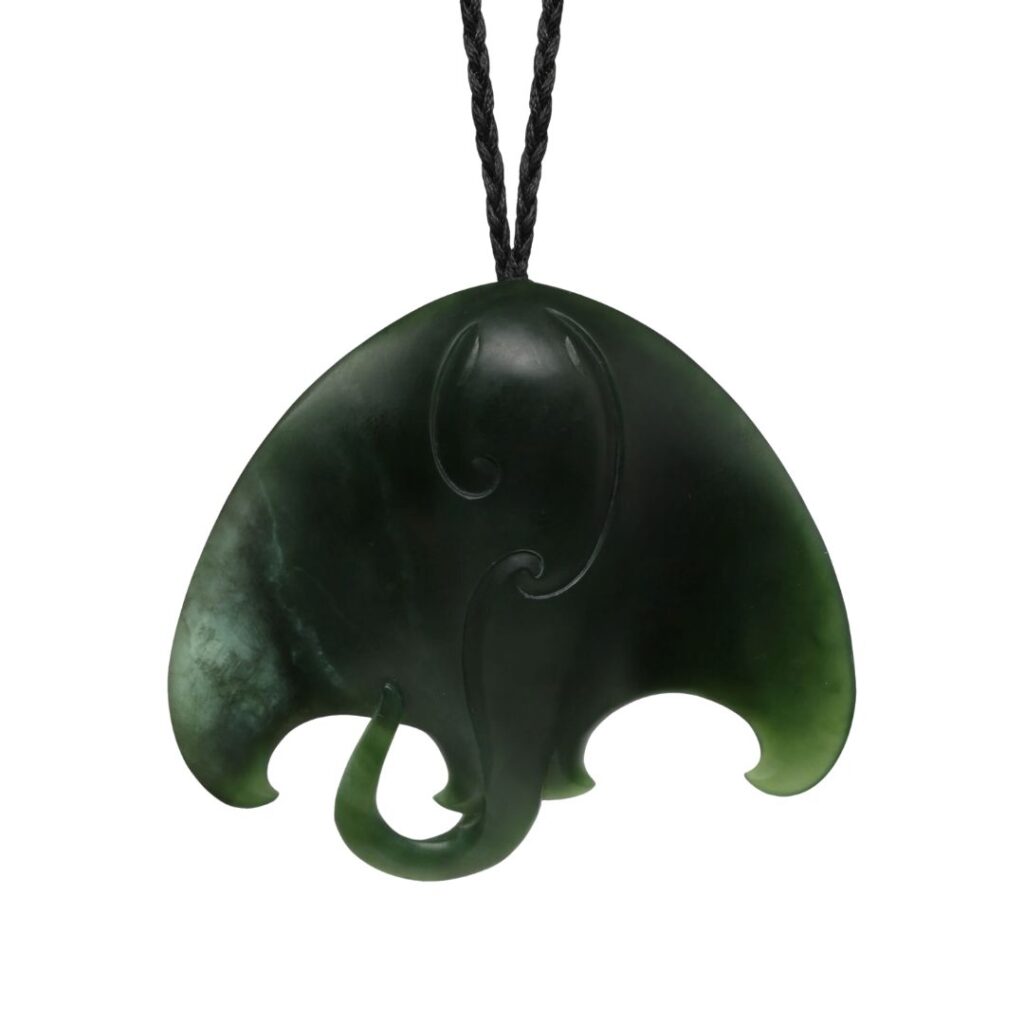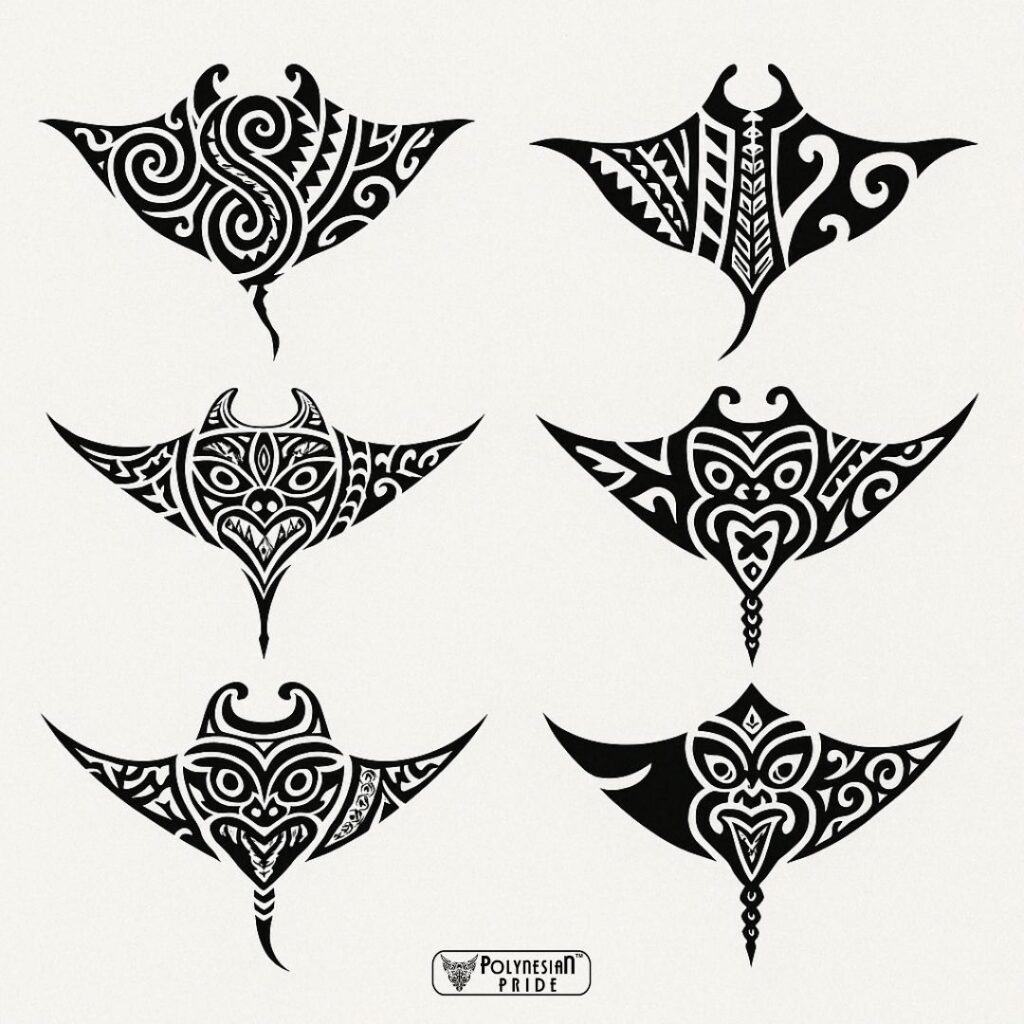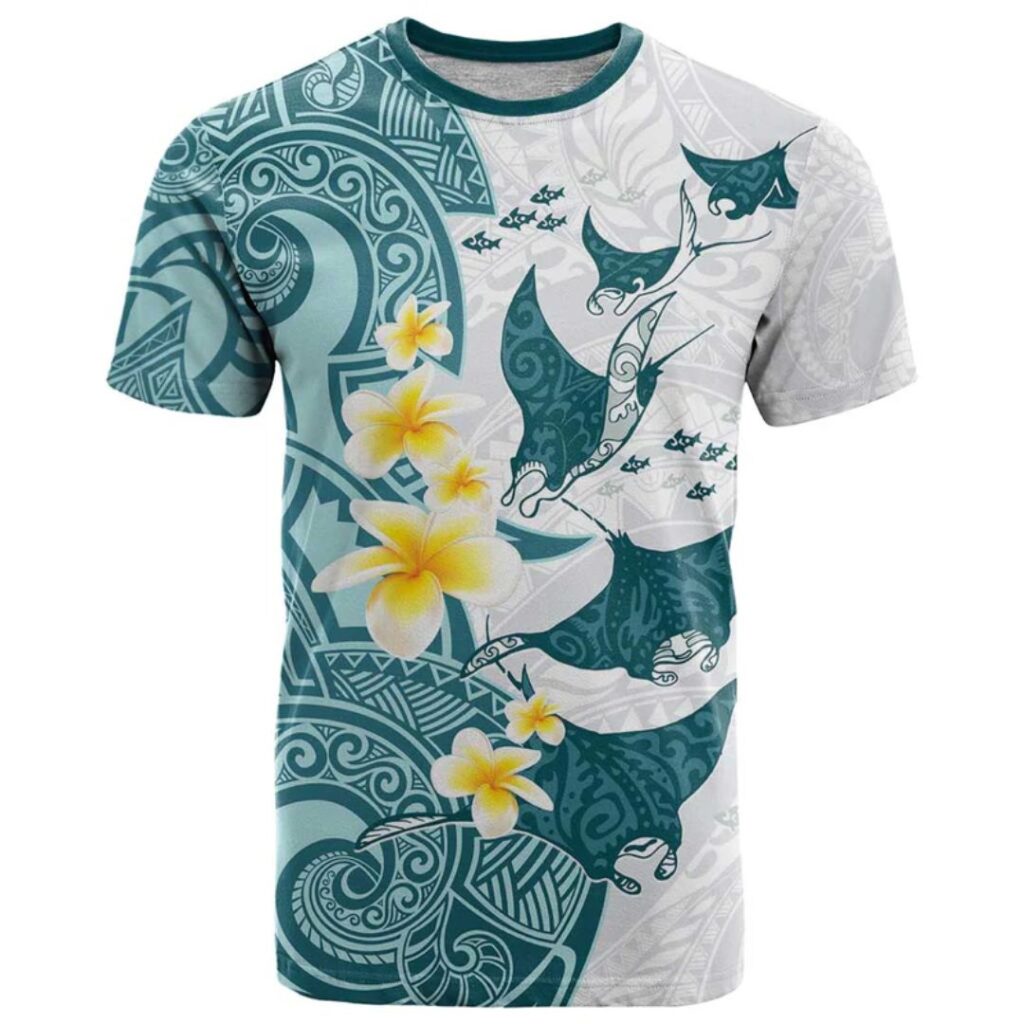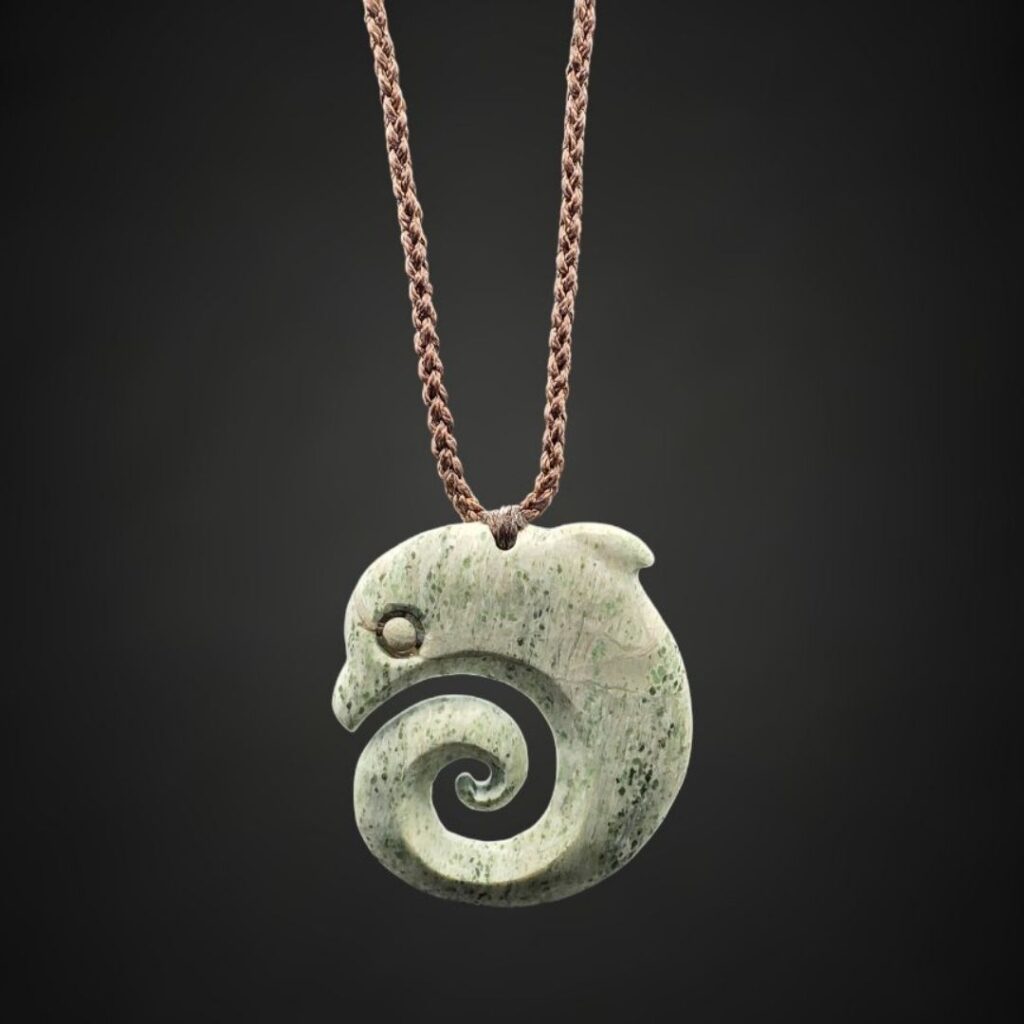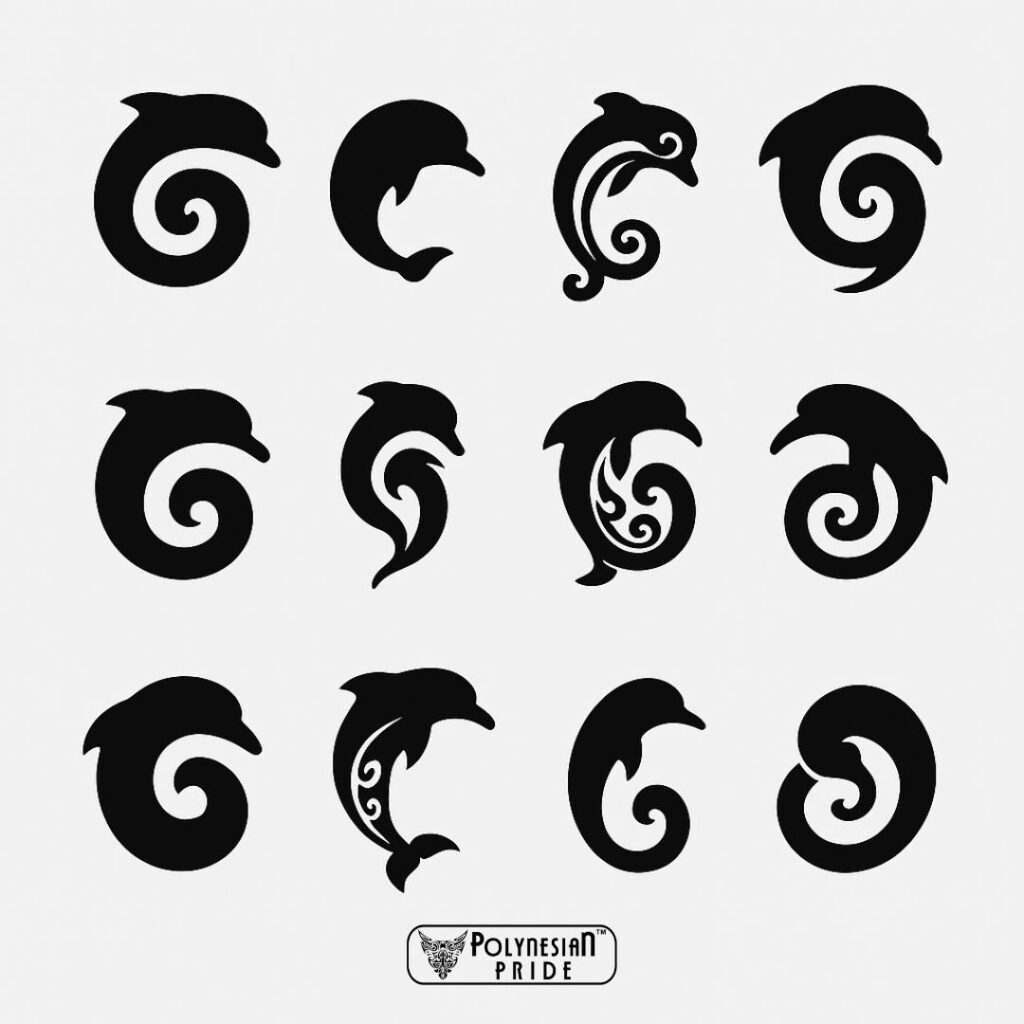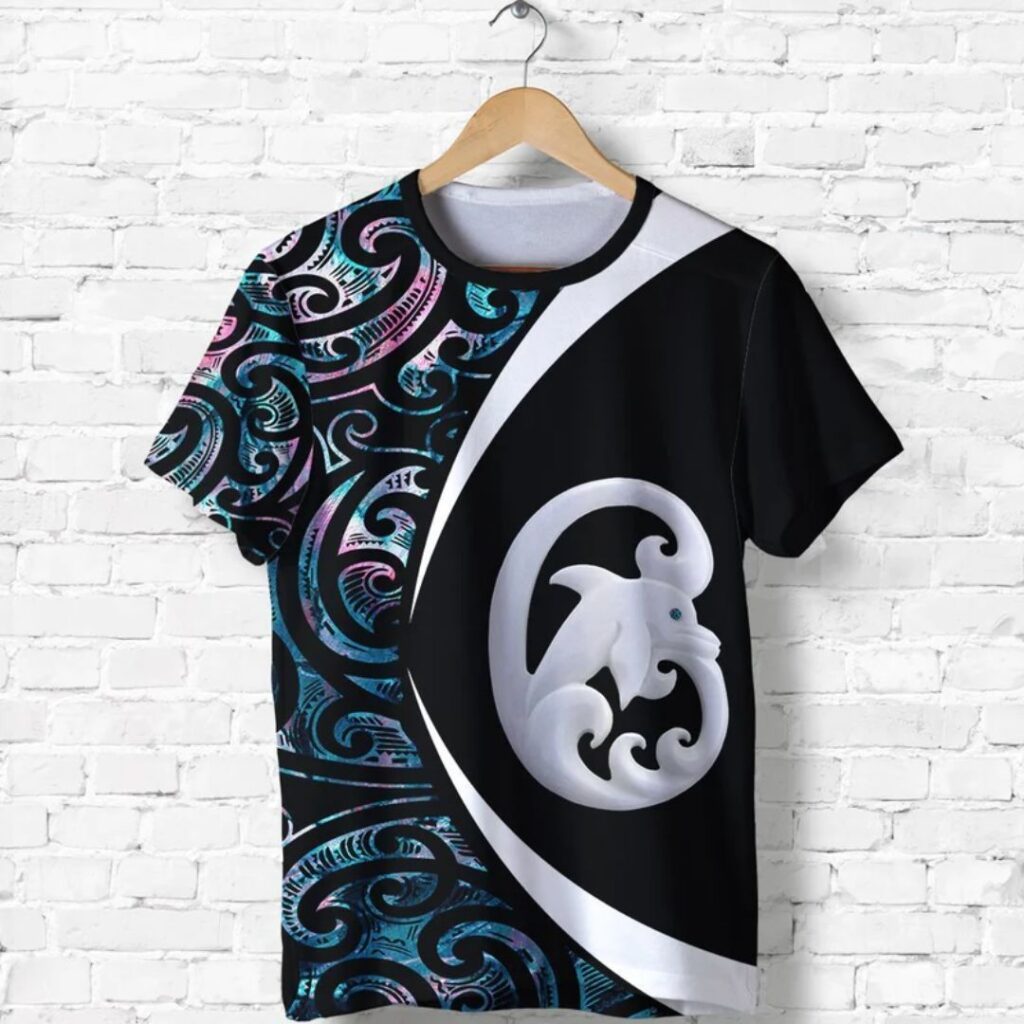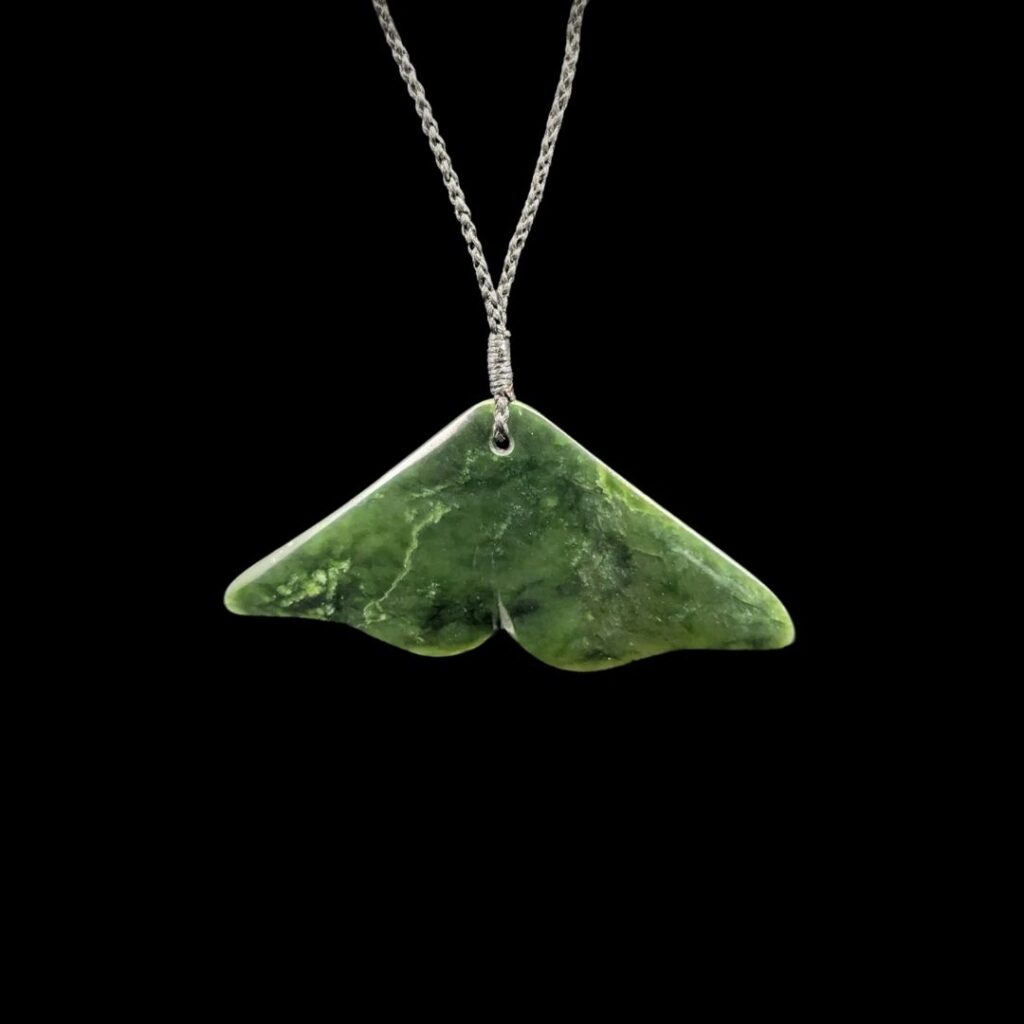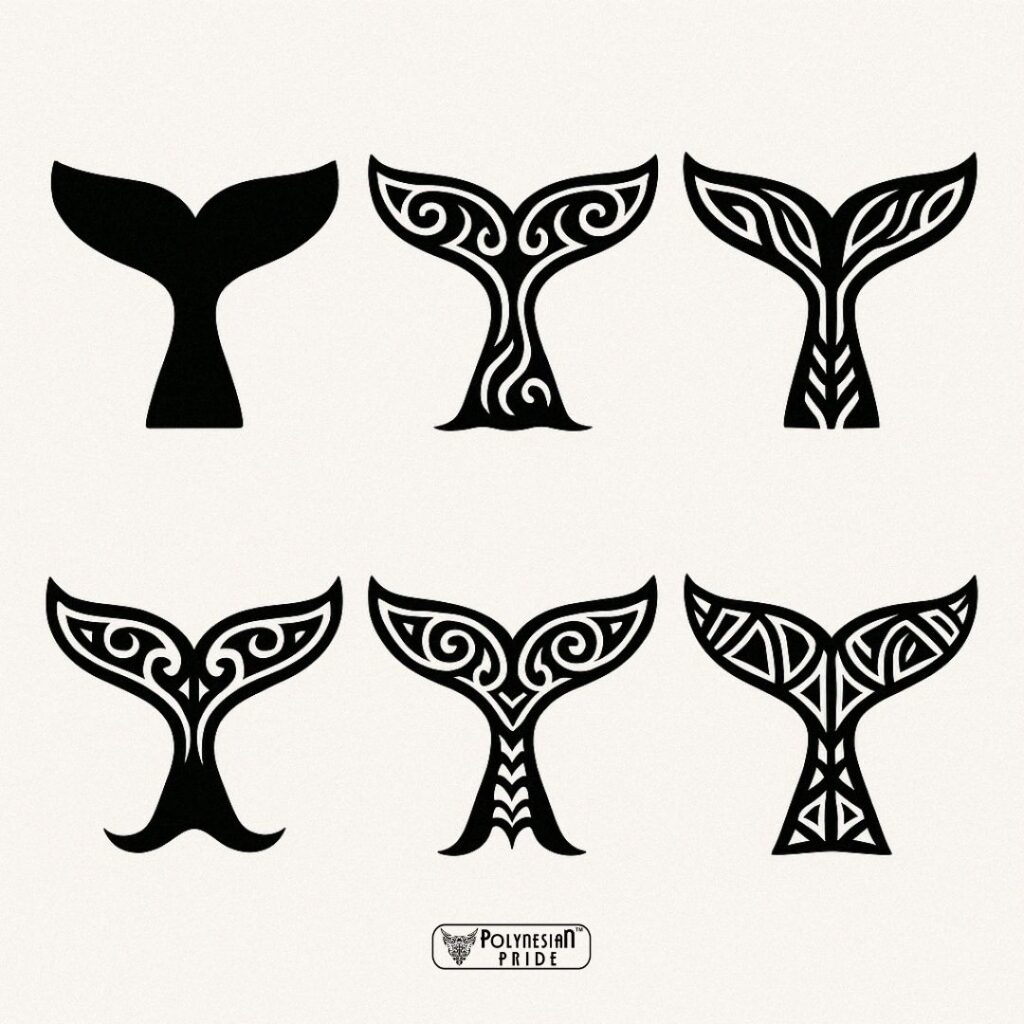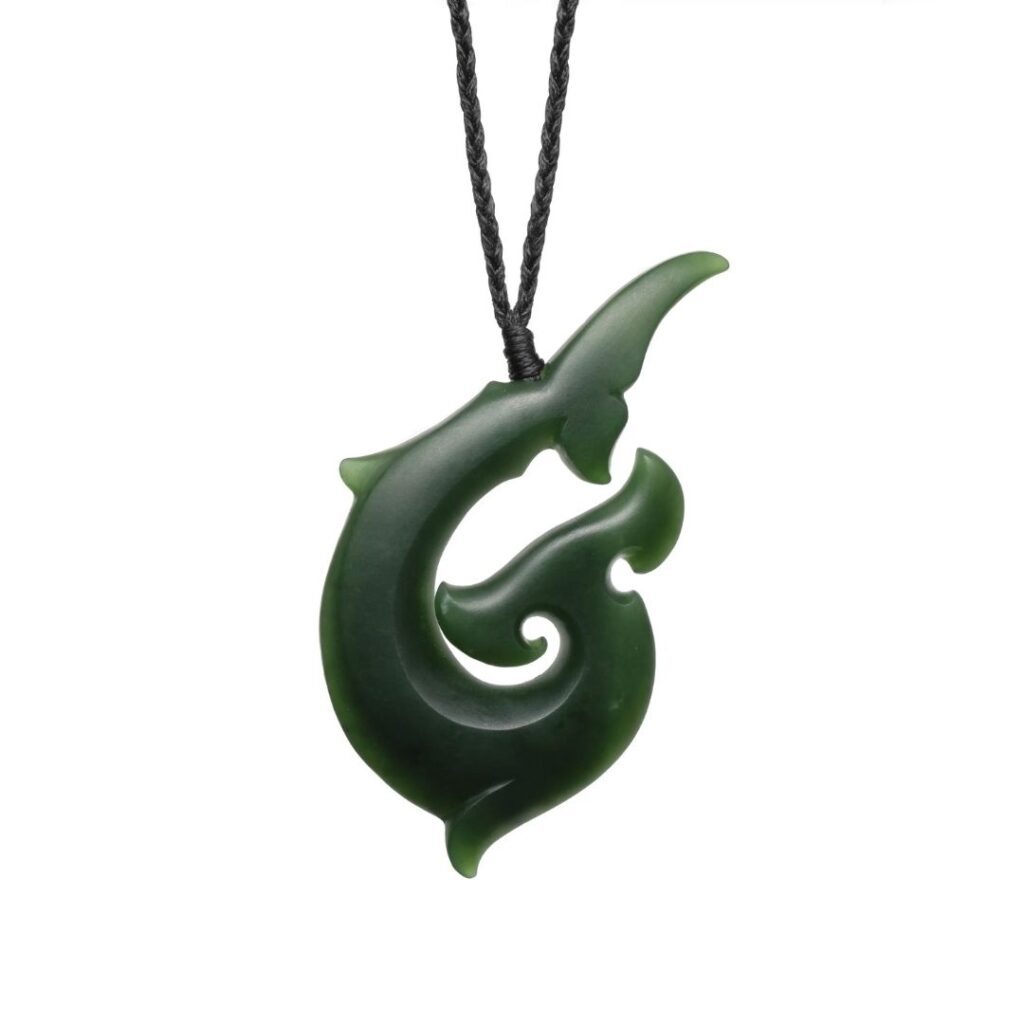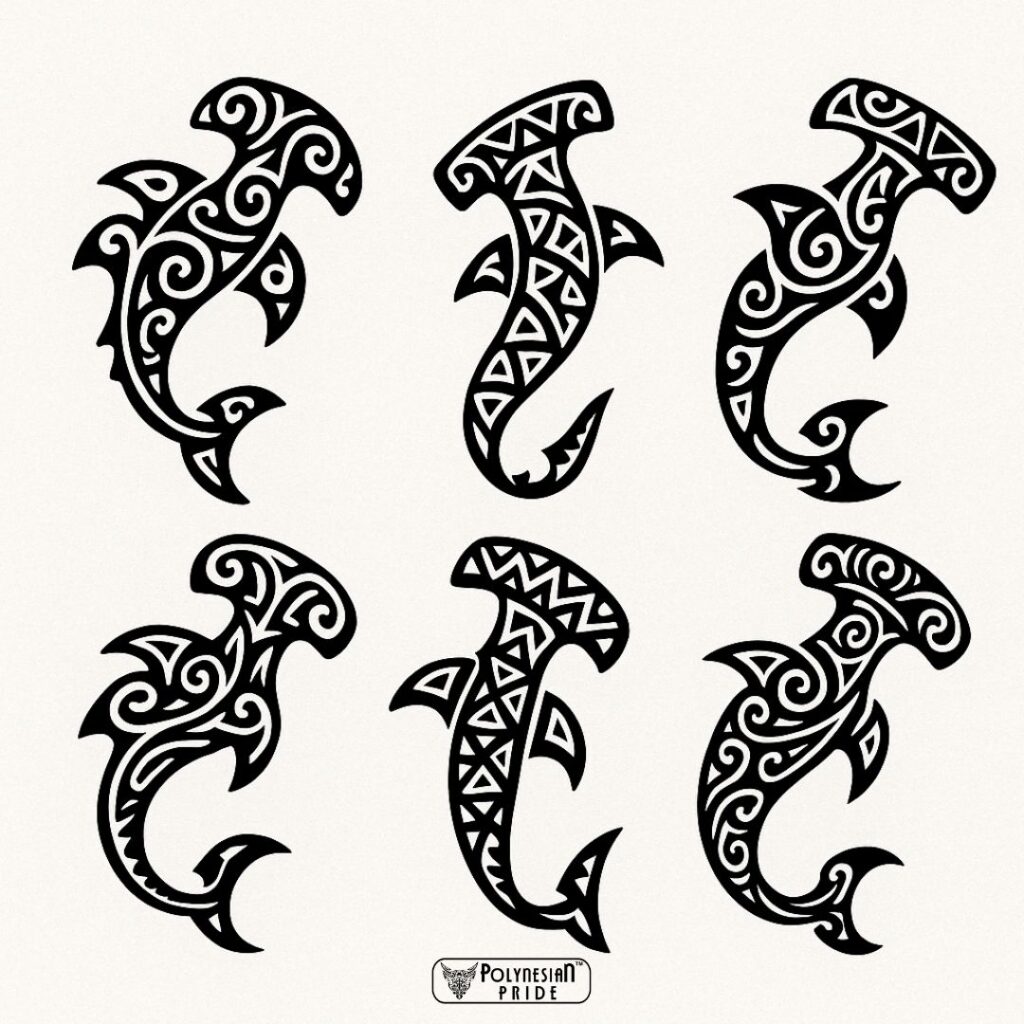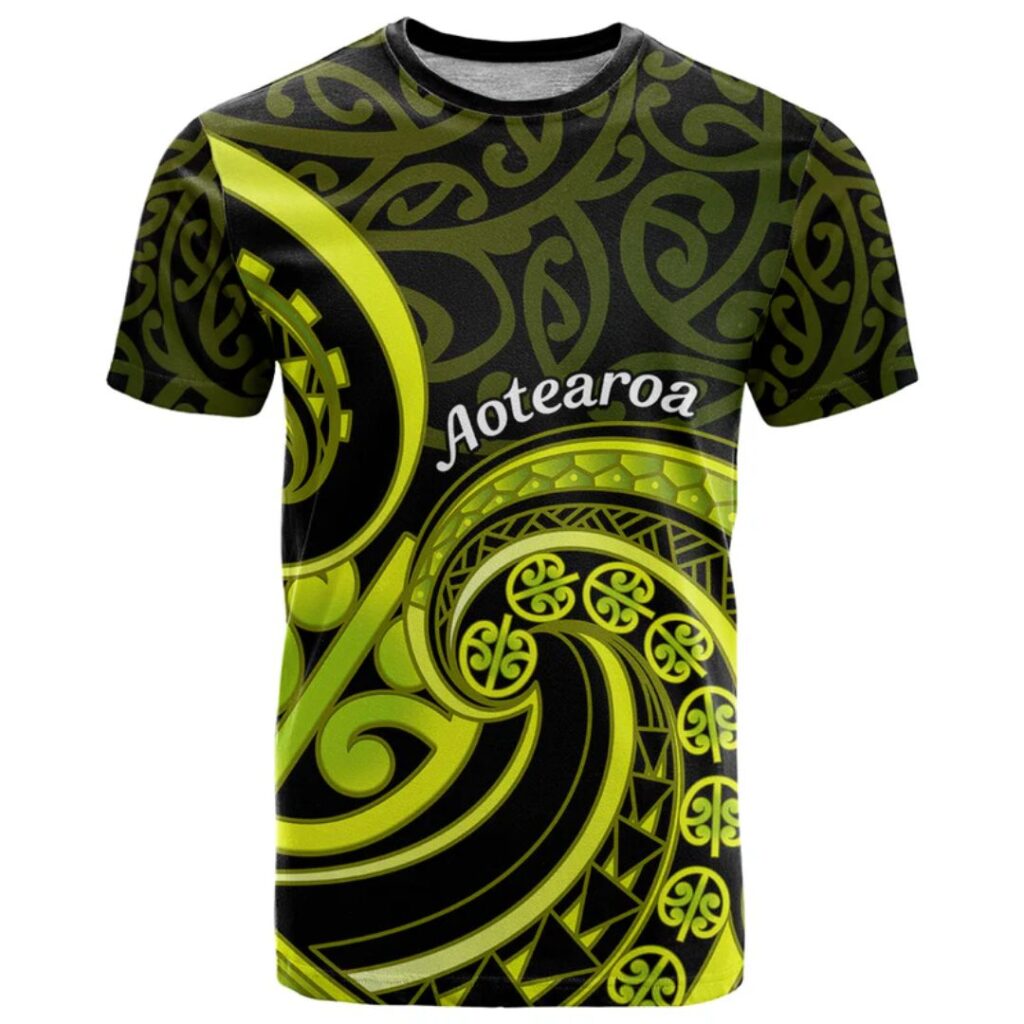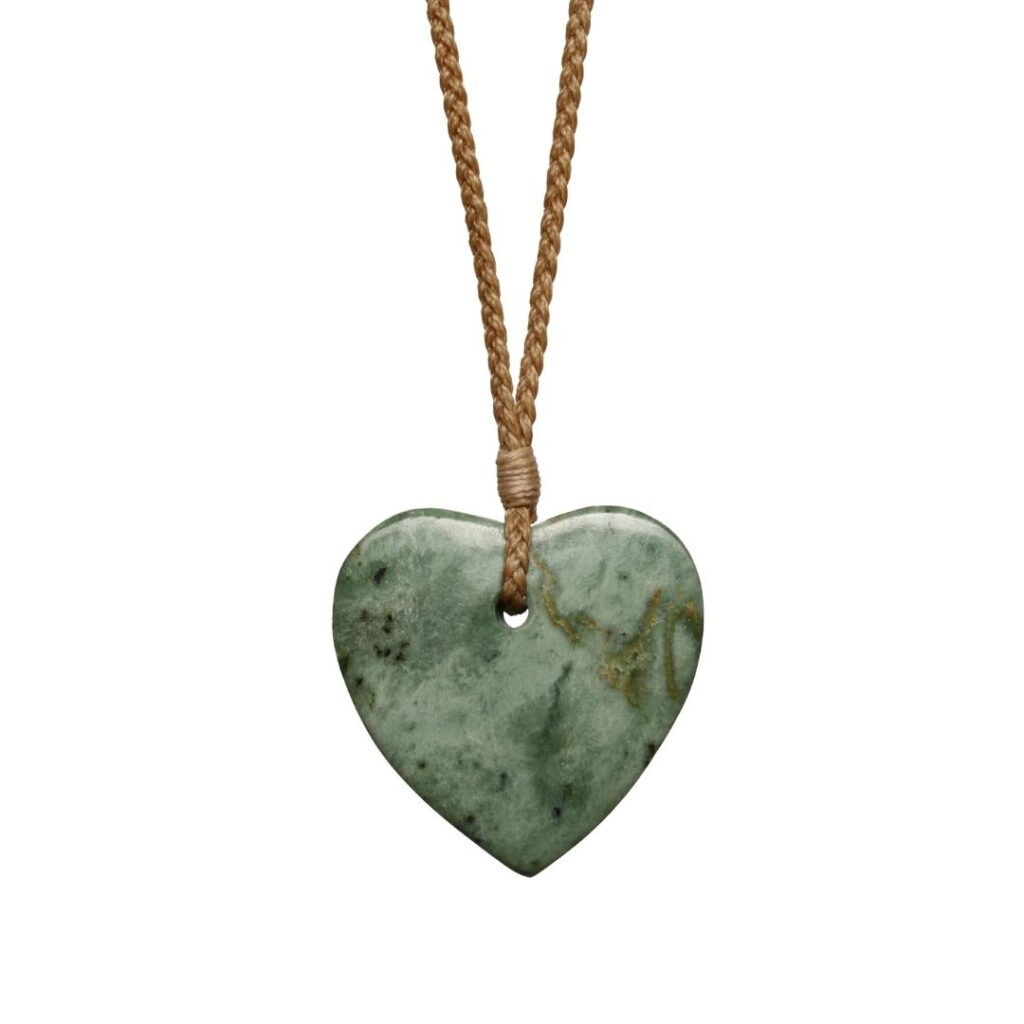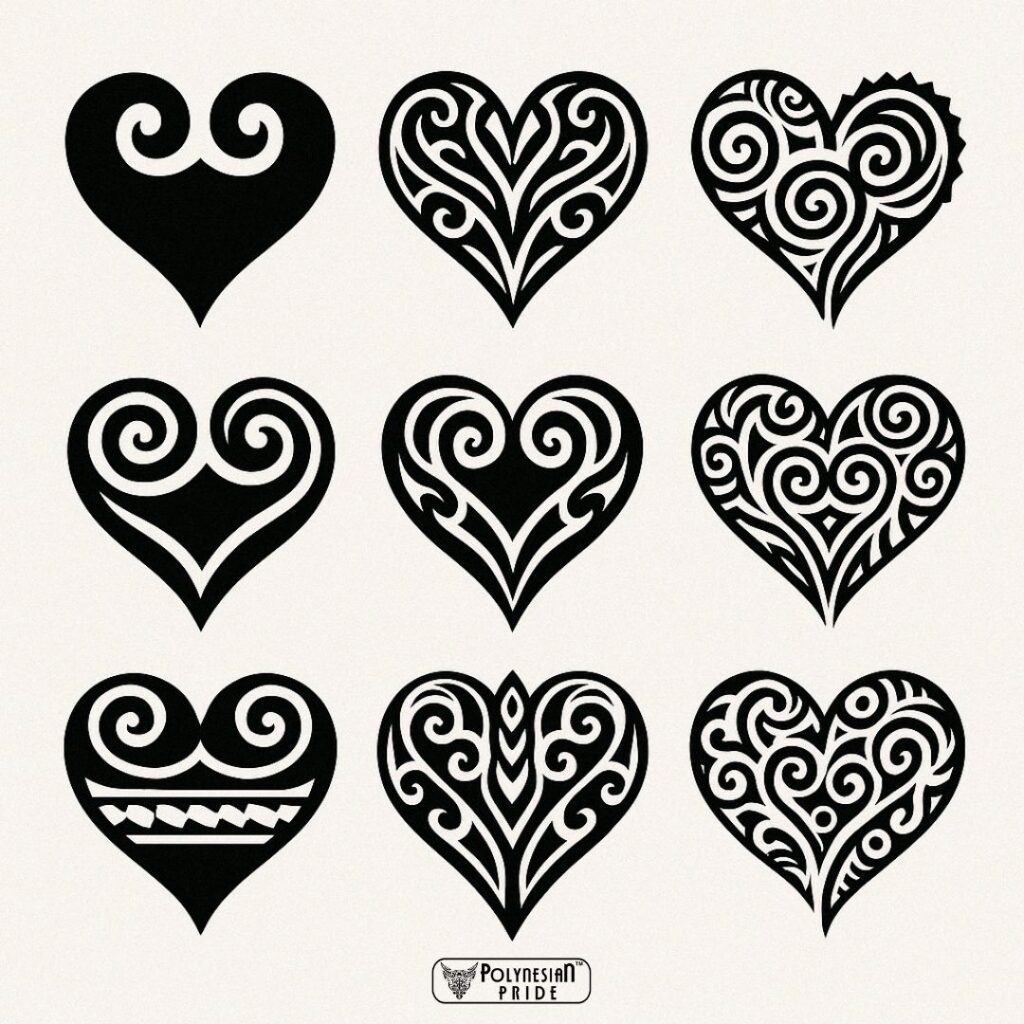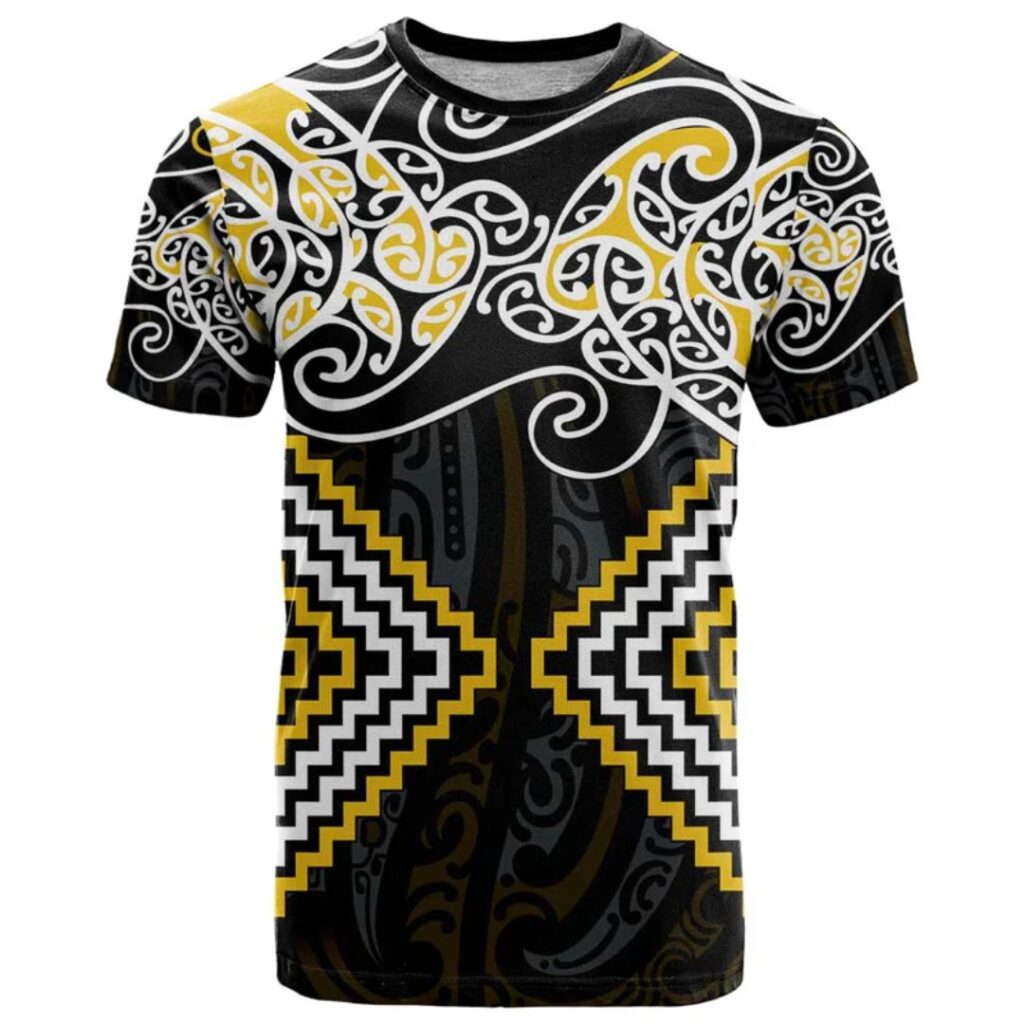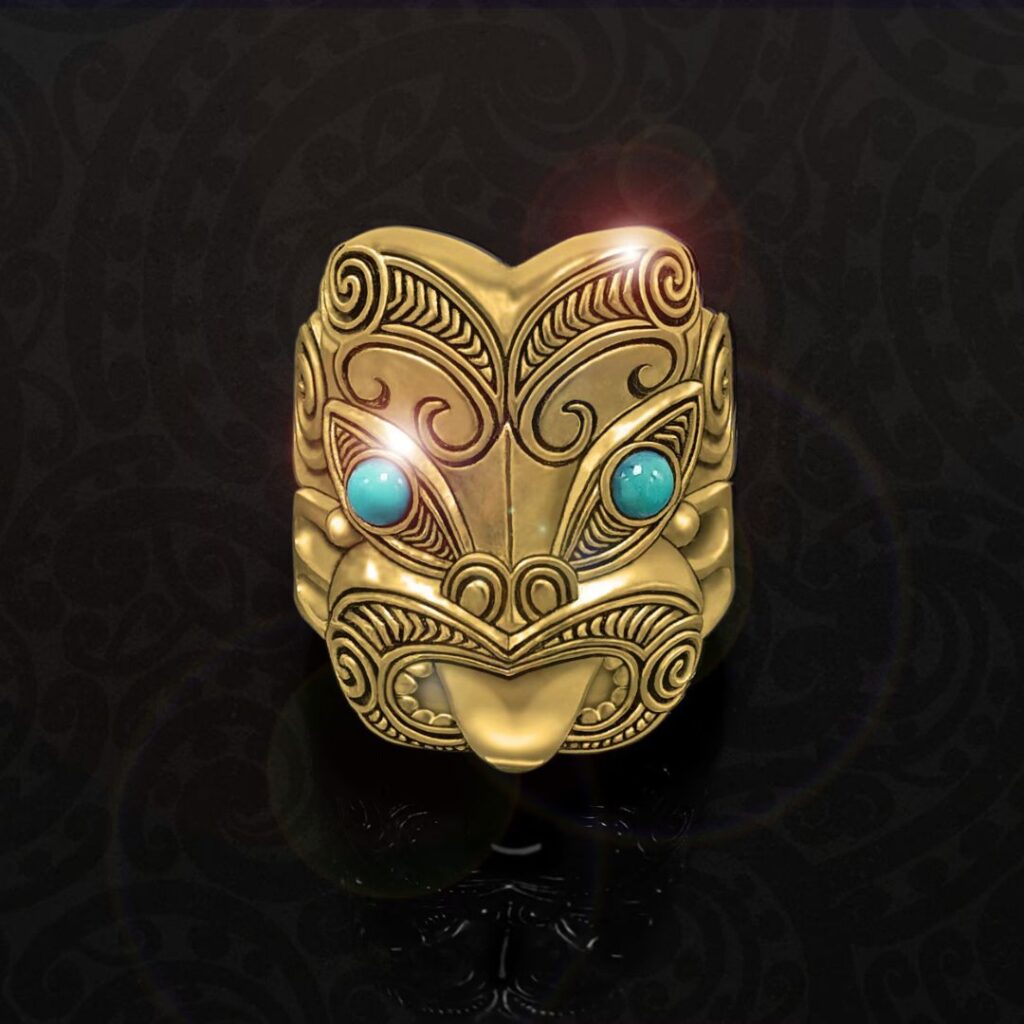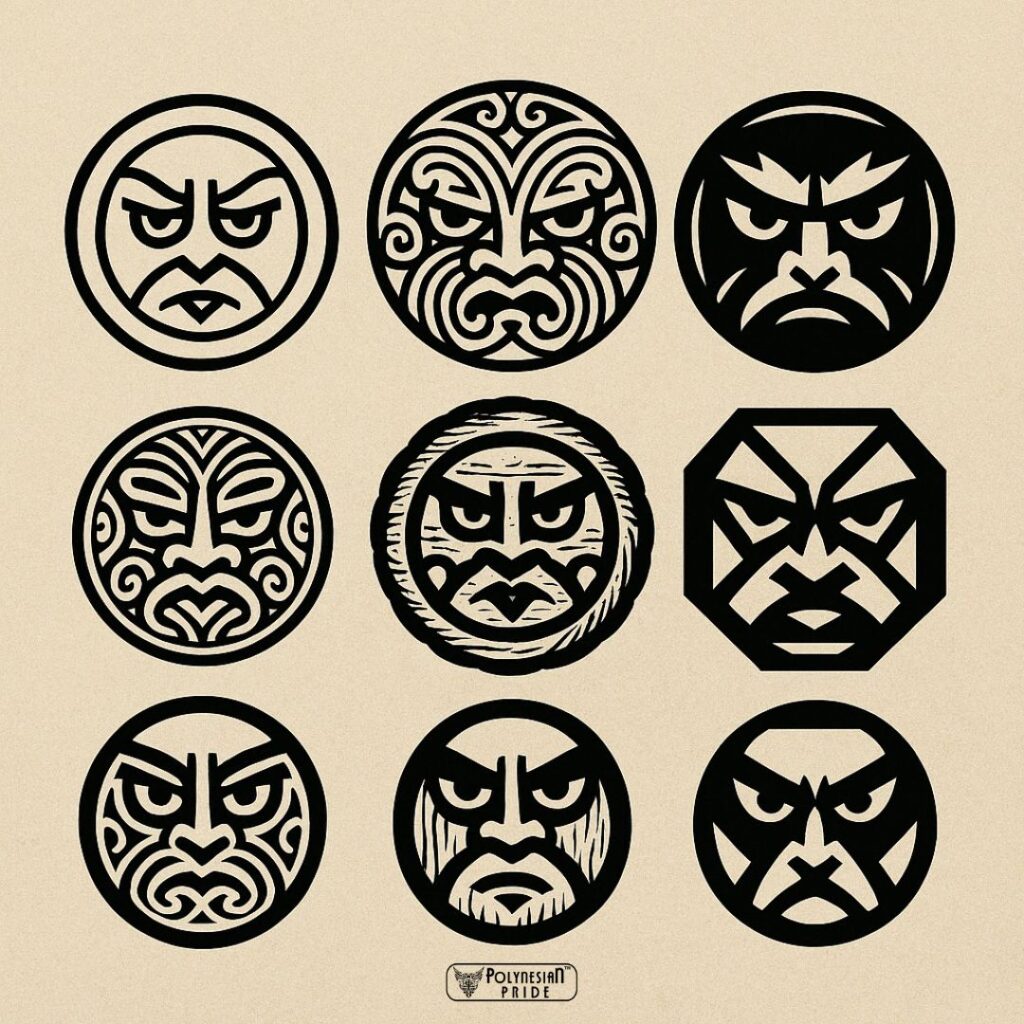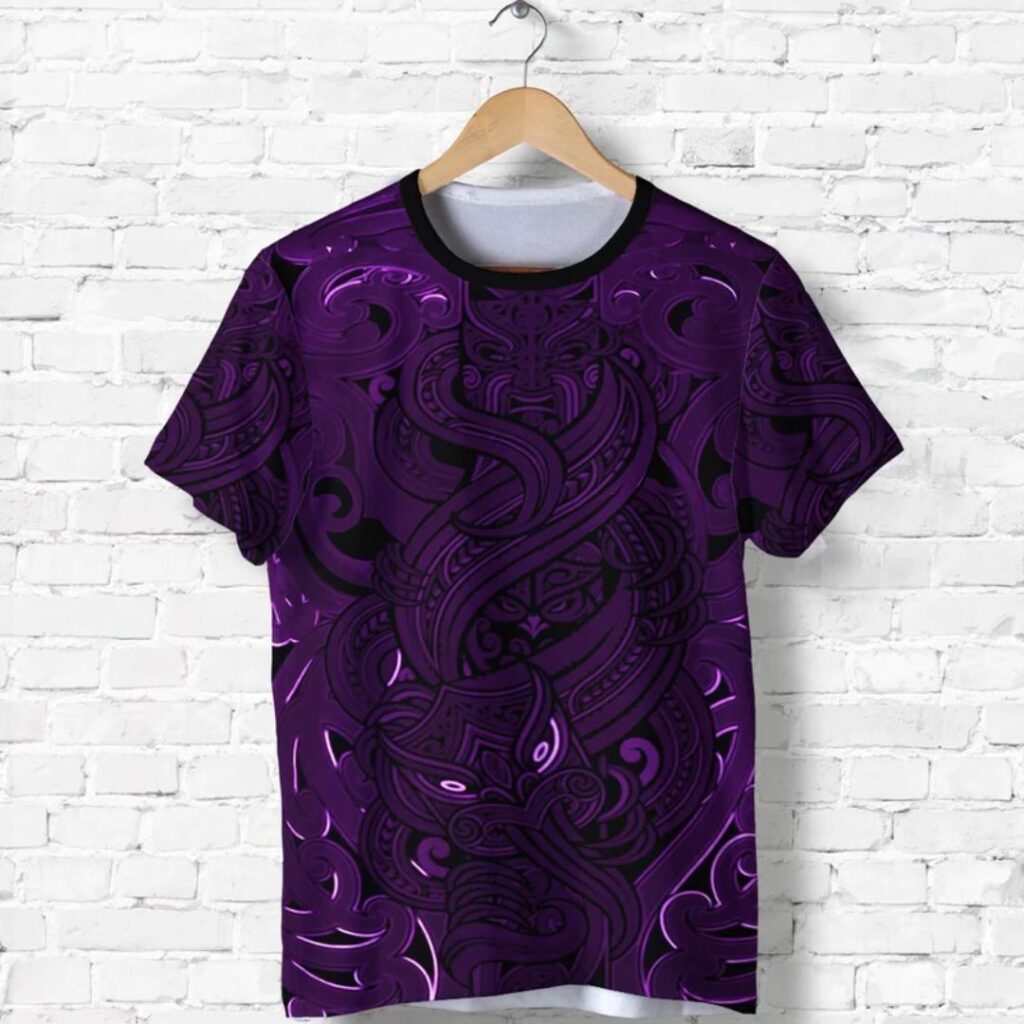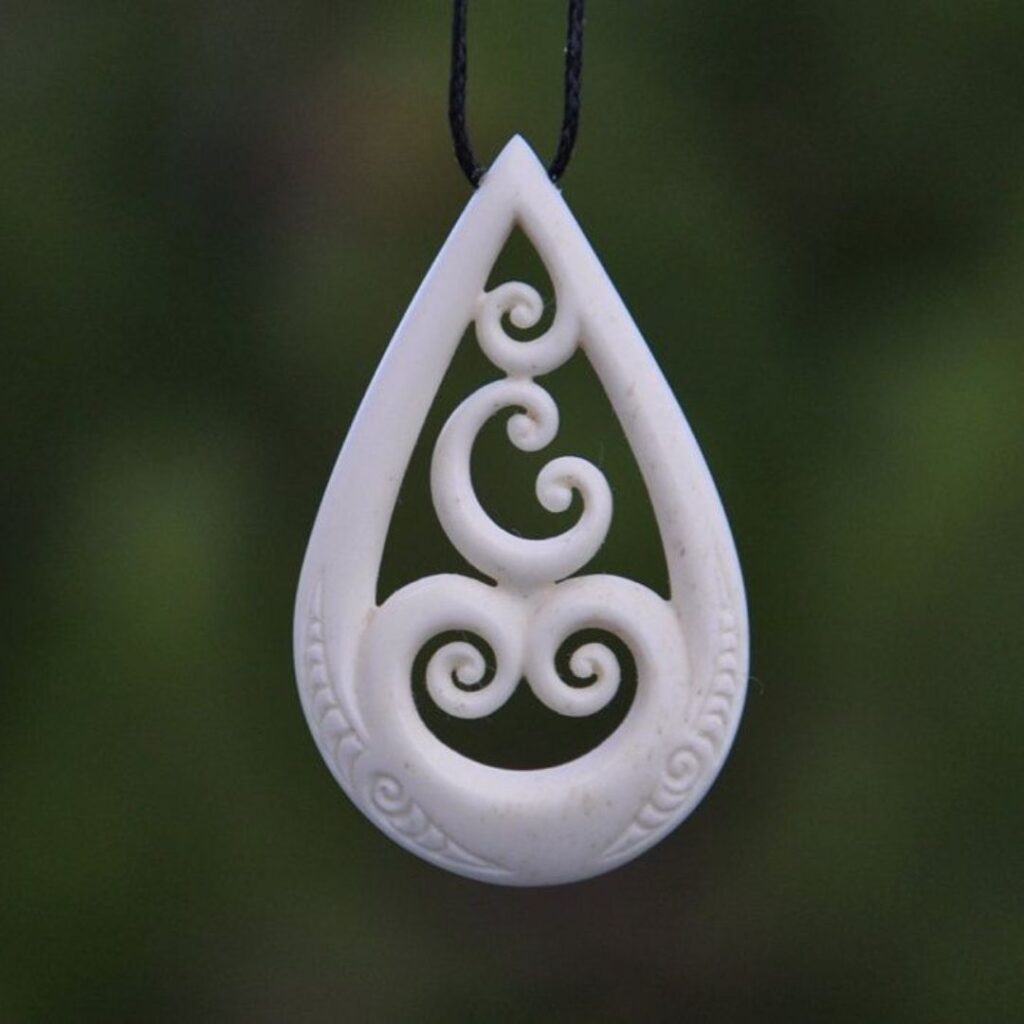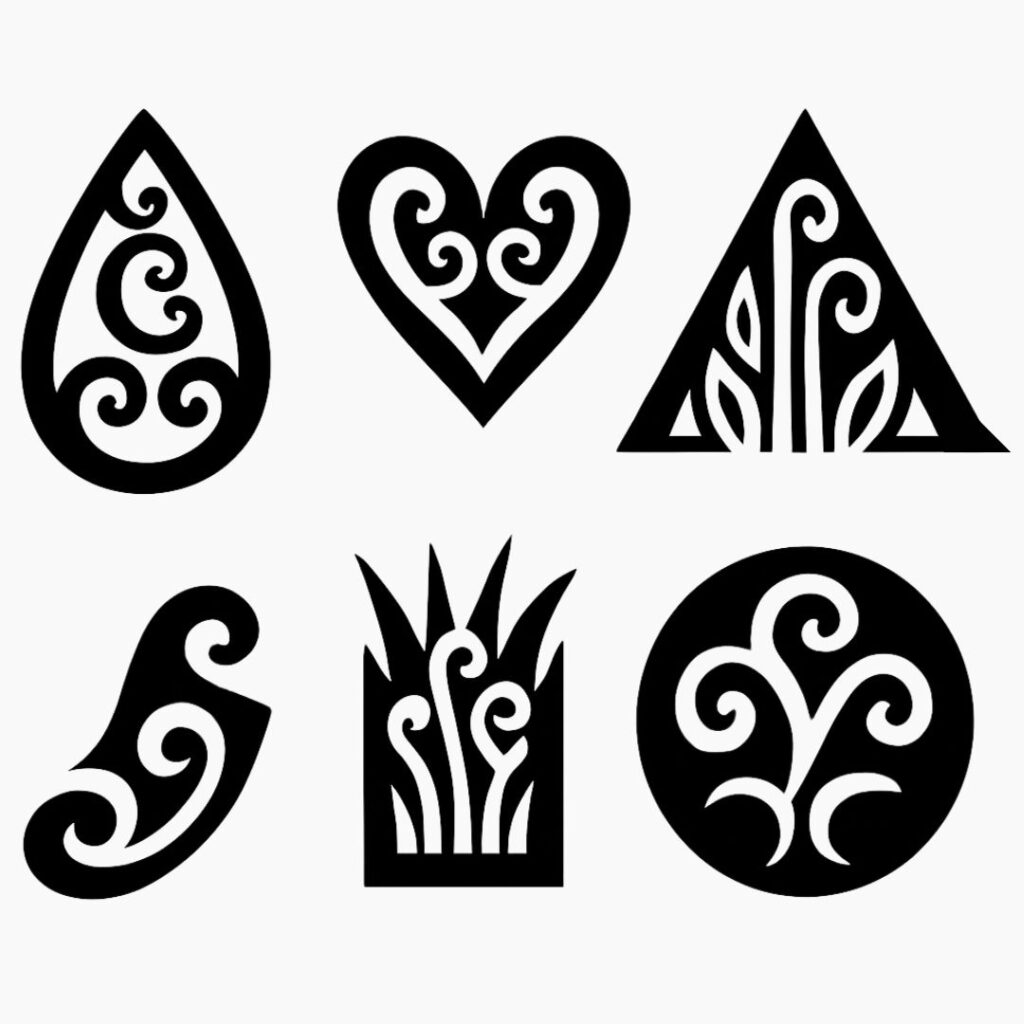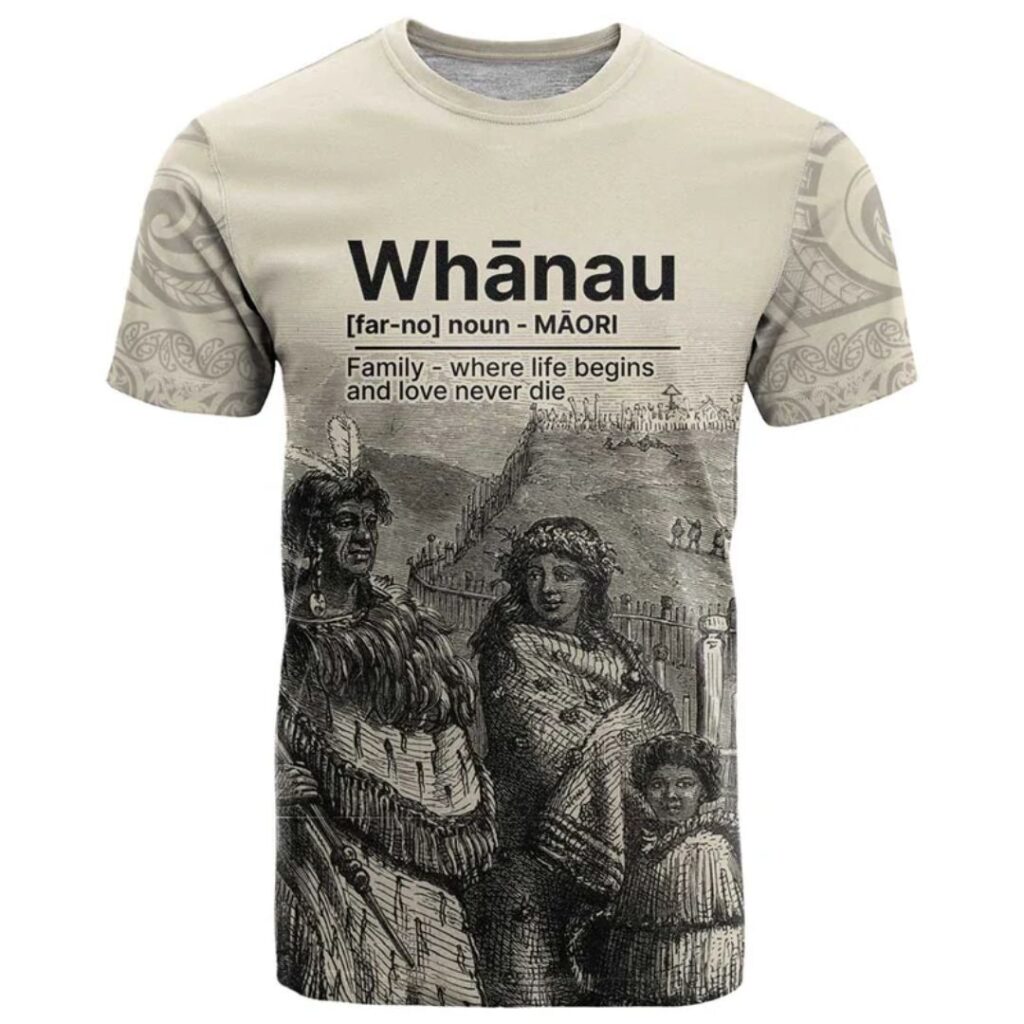19 Iconic Maori Symbols and Their Powerful Meanings

Kia Ora!
Did you know? The Maori have crafted powerful symbols for centuries, not only to tell the stories of their ancestors but also to preserve their spirit, culture, and deep connection to nature. These symbols are more than just images – they are living legacies that inspire anyone who visits the beautiful land of New Zealand. Let’s explore the 19 most iconic Maori symbols, representing courage, love, and timeless unity within a truly extraordinary culture!
What Are Maori Symbols and Meanings?
Māori symbols are sacred emblems representing their culture’s values, traditions, and spirituality. Rooted in Aotearoa’s mythology, legends, and natural world, these symbols connect the Maori people to their ancestors, the environment, and the spiritual realm.
Far from being mere designs, Māori symbols carry layered meanings and are expressed through carvings, tattoos (moko), jewelry, art, and even New Zealand traditional clothing. They tell stories of courage, love, protection, and connection, preserving the heritage and belief systems of the Maori people.

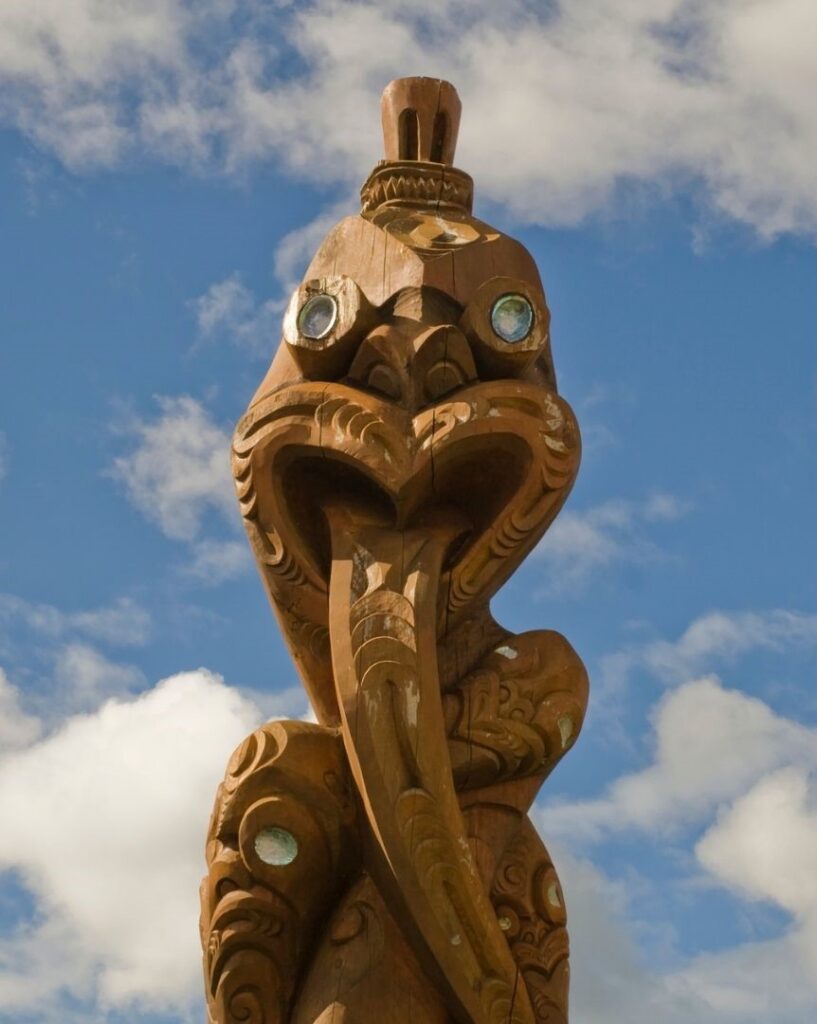

Popular Maori Symbols and Meanings
01. The Koru
- Meaning: A core element in Māori patterns and meanings, the Koru symbolizes new life, regeneration, growth, peace, and the cyclical nature of existence.
- Origin: Derived from the unfurling frond of the silver fern (ponga), native to New Zealand.
- Symbolism: Represents perpetual movement, renewal, and returning to one’s origin.
- Cultural Significance: Prominent in Māori art forms such as carvings, tattoos, and weaving.
- Spiritual Insight: Embodies balance, personal growth, and a deep connection to nature and heritage.
02. The Pikorua – Single Twist
- Meaning: Symbolizes life’s journey and the enduring connections between people.
- Symbolism: Represents the eternal emerging paths in life, where two souls may part but always reconnect.
- Shape Significance: The figure-eight twist reflects the natural ebb and flow of relationships, loyalty, and love.
- Cultural Significance: Commonly featured in Māori jewelry, often gifted to honor major life milestones or relationships.
- Spiritual Insight: Embodies unity, strength through challenges, and the unbreakable bond between individuals.


03. The Pikorua – Double Twist
- Meaning: Represents eternal friendship and the unbreakable joining of two lives.
- Symbolism: Unlike the Single Twist, which reflects one journey reconnecting, the Double Twist shows two separate paths continually crossing and reuniting, no matter distance or time.
- Shape: Interwoven twists in a figure-eight style, symbolizing infinite unity and balance.
- Inspiration: Based on pikopiko fern stems, signifying harmony with nature and deep connection.
- Cultural Use: Gifted to honor lasting love, lifelong friendships, and unity across cultures.
- Origin: A modern evolution enabled by European carving tools, allowing intricate symbolism.


04. The Toki (Adze)
- Meaning: A powerful symbol of strength, determination, leadership, and courage – especially in times of adversity.
- Origin: Traditionally, a greenstone adze tool was used for carving, shaping wood, and crafting weapons.
- Symbolism: Represents mana (prestige), resilience, and the wisdom to guide others – once worn by chiefs and respected leaders.
- Cultural Significance: Used in sacred rituals and war preparations; today, it’s a modern emblem of personal strength and honor.
- Modern Use: Popular as a pendant or necklace, gifted to mark achievements, leadership milestones, or new beginnings.
05. The Manaia
- Meaning: A mythological guardian symbolizing protection, spiritual guidance, and a connection to the spirit world.
- Appearance: Typically depicted with a bird’s head, human body, and fish tail, representing the realms of sky, earth, and sea.
- Symbolism: Embodies the balance between the physical and spiritual realms, offering harmony, adaptability, and intuition.
- Cultural Significance: The Manaia is a revered protector of the soul, often used to shield against negative energies and invoke mana (spiritual power).
- Spiritual Insight: Its name derives from “mana” (spiritual authority) and “ia” (essence), highlighting its role as a guardian or protector spirit.


06. The Hei Tiki
- Meaning: A deeply spiritual talisman symbolizing fertility, wisdom, protection, and ancestral guidance.
- Appearance: A stylized human figure traditionally hand-carved from pounamu (New Zealand greenstone or nephrite jade).
- Symbolism: Represents clarity of thought, good fortune, and a strong connection to ancestors and lineage.
- Cultural Significance: Considered a taonga (treasure), often passed down through generations as a sacred heirloom.
- Traditional Use: Worn close to the neck, the term “hei” refers to adornment and “tiki” to human-like figures, reflecting status, respect, and identity.
- Modern Role: Central in Māori jewelry, it’s commonly gifted during life milestones to celebrate enduring love, legacy, and guidance.


07. The Hei Matau
- Meaning: A powerful symbol of prosperity, fertility, strength, and safe travel across water.
- Shape & Inspiration: Carved in the form of a stylized fish hook, honoring the sea’s role as a provider and guide.
- Symbolism: Reflects luck, resilience, and a deep connection to Tangaroa, the Māori god of the sea.
- Cultural Origin: Rooted in the legend of Māui the demigod who used a magical hook, sometimes said to be made from his grandmother’s jawbone, to raise New Zealand’s North Island.
- Material: Traditionally crafted from bone or pounamu (greenstone), worn as a pendant to inspire strength and abundance.
- Modern Use: A treasured gift among travelers, seafarers, and adventurers seeking protection and success.


08. Hei Taiaha
- Meaning: A powerful emblem of strength, courage, heritage, and the discipline to protect one’s people.
- Traditional Use: The taiaha is a traditional Māori fighting staff, used in close-quarters combat by warriors.
- Symbolism: Embodies the Māori warrior spirit and the responsibility of leadership, rooted in ancestral strength.
- Design & Spiritual Insight: Carved with intricate patterns symbolizing guidance, unity, and the power of tradition.
- Modern Significance: Now seen in carvings, tattoos, and jewelry, it serves as a symbol of resilience, cultural pride, and rite of passage – often gifted as a 21st key to mark the transition into adulthood.
- Cultural Role: More than a weapon, the Hei Taiaha represents Māori identity, unity, and the enduring spirit of protection.
09. The Whai Repo
- Meaning: Symbolizes stealth, grace, protection, and the ability to navigate life with calm and purpose.
- Symbolism: Embodies balance and harmony through fluid motion, reflecting silent strength and adaptability under pressure.
- Cultural Significance: A representation of kaitiakitanga (guardianship) of the ocean and marine life.
- Spiritual Insight: Inspires reflection on living in harmony with nature and the importance of protecting our environment.
- Artistic Role: Commonly featured in Māori carvings, tattoos, and jewelry—honoring marine stories, legacy, and ancestral wisdom.
10. The Aihe
- Meaning: Symbolizes harmony, playfulness, and unity in Māori culture.
- Cultural Role: Revered as a kaitiaki (guardian), the dolphin is seen as a protector and spiritual guide at sea.
- Symbolism: Represents mutual care, grace, and the ability to guide others safely through life’s challenges.
- Traditional Belief: Dolphins were believed to guide sailors and travelers safely across waters, offering emotional balance and protection.
- Modern Depiction: Commonly featured in Māori jewelry, tattoos, and carvings, serving as a reminder to protect marine life and honor the ocean’s gifts.
11. The Wera
- Meaning: A Maori symbol of protection, strength, guardianship. The Wera also embodies friendship, unity, and emotional connection within Māori tradition.
- Spiritual Symbolism: Reflects the Māori bond with the ocean and Tangaroa – the sea god, embodying wisdom, grace, and resilience.
- Cultural Significance: Traditionally used in carvings and rituals to bless voyages and ensure safe passage.
- Modern Use: Found in jewelry, tattoos, and art as a symbol of guidance, marine conservation, and the coordination of ocean life.
12. The Mangopare (Hammerhead Shark)
- Meaning: A powerful symbol of strength, courage, and determination, inspired by the hammerhead shark.
- Symbolism: Embodies the energy of a warrior, known for its ability to protect, endure, and lead with resilience.
- Cultural Significance: Often seen in Māori tattoos, carvings, and jewelry, it represents tenacity and strategic power.
- Visual Identity: Recognizable by its distinct shape echoing the hammerhead’s form, bold, dynamic, and forward-facing.
- Gifting Purpose: Often given to inspire confidence, trust, and the strength to overcome life’s challenges with clarity and courage.
13. The Manawa
- Meaning: Derives from the Māori word for “heart” or “breath”, symbolizing life force, emotional strength, and the interconnectedness of all living beings.
- Symbolism: Reflects emotional balance, generosity, and the rhythmic flow of life, representing the heart as both a physical and spiritual center.
- Cultural Significance: A common motif in Māori jewelry, tattoos, and carvings, embodying the values of friendship, spiritual well-being, and inner harmony.
- Design Expression: Flowing heart-shaped curves convey the essence of love, compassion, and unity without needing repeated descriptors.
- Modern Use: Given as a heartfelt gift to represent deep bonds, personal growth, and the power of meaningful relationships.
Other Sacred Maori Symbols

14. The Pouwhenua
Meaning: A carved post symbolizing the Māori connection to land, ancestors, and tribal identity.
Purpose: Marks boundaries, sacred sites, or places of significance.
Symbolism: Reflects genealogy, mana (prestige), and land guardianship (kaitiakitanga).
Cultural Use: Erected during ceremonies to honor events and protect sacred spaces.
Modern Role: Featured in marae, museums, and public art, representing Māori heritage and respect for the environment.
15. The Rūaumoko
- Meaning: Maori god of earthquakes, volcanoes, and seasonal change, symbolizing the raw power of nature and transformation.
- Mythology: Youngest son of Ranginui (Sky Father) and Papatūānuku (Earth Mother); his subterranean movements cause seismic activity.
- Symbolism: Represents growth through change and the constant cycles of nature.
- Cultural Role: Honored in carvings, tattoos, and ceremonies as a reminder of humanity’s bond with the earth.
- Spiritual Insight: Inspires respect for natural forces and the need to live in harmony with the planet’s rhythms.


16. The Tāne
- Meaning: Māori god of forests, birds, and life, symbolizing creation, growth, and natural harmony.
- Mythology: Celebrated for separating Ranginui (Sky Father) and Papatūānuku (Earth Mother), bringing light into the world.
- Symbolism: Represents the bond between humanity and nature, and the importance of environmental stewardship.
- Cultural Role: Honored as the bringer of wisdom through the kete (baskets) of knowledge.
- Artistic Influence: Inspires carvings, kōwhaiwhai patterns, and tāniko designs that connect people to their spiritual and natural roots.


17. The Tūmatauenga
- Meaning: Māori god of war and human activity, embodying strength, courage, and resilience in facing challenges.
- Mythology: Son of Ranginui (Sky Father) and Papatūānuku (Earth Mother); a key figure in Māori cosmology.
- Symbolism: Represents the warrior spirit and the drive to overcome adversity, central to traditional and modern Māori identity.
- Cultural Role: Honored through haka, martial arts, and rituals that express unity and mental fortitude.
- Legacy: His name lives on in Ngāti Tūmatauenga, the Māori name of the New Zealand Army, reflecting his enduring influence on human strength and national pride.
18. The Rongo
- Meaning: Māori god of agriculture, fertility, and peace, symbolizing abundance and sustenance.
- Symbolism: Associated with the kūmara (sweet potato), a staple crop representing nourishment and gratitude.
- Cultural Role: Honored in planting and harvesting ceremonies for his teachings on harmony with nature.
- Artistic Influence: Appears in carvings and weaving, reflecting his legacy in sustainability and spiritual balance.
- Modern Relevance: Inspires respect for the environment and sustainable agricultural practices in both traditional and contemporary Māori life.


19. The Te Whānau
- Meaning: A significant Māori symbol for family, representing unity, love, and the collective strength of whānau.
- Symbolism: Reflects the bond between immediate relatives, ancestors, and the wider community.
- Cultural Role: Emphasizes support, resilience, and shared values in navigating life’s challenges together.
- Related Symbols: Mangōpare; Koru; Te Wheke (Octopus).
CONCLUSION
Maori symbols are more than designs – they are powerful stories of love, resilience, and connection. These 19 sacred emblems reflect the heart of Maori culture, offering timeless lessons and inspiration for our journeys.
Which symbol speaks to you the most? Explore their meanings, visit Maori artisans, or bring these symbols into your life to honor their beauty and keep their legacy alive.
FAQs
What is the Maori love symbol?
The Pikorua (Double Twist) represents eternal love and unity, symbolizing the unbreakable bond between two souls.
What is the New Zealand lucky symbol?
The Hei Tiki is regarded as a good fortune and fertility talisman in Maori culture.
What is the Māori national symbol?
The koru, inspired by the unfurling fern frond, is widely recognized as a national symbol of New Zealand and Maori culture. It represents growth, renewal, and the interconnectedness of life.
What is the Maori symbol for protection?
The Manaia, often depicted with the head of a bird, a man’s body, and a fish’s tail, is a spiritual guardian symbolizing protection and balance between the physical and spiritual worlds.
Which Maori symbol represents prosperity?
The Hei Matau, or fish hook, symbolizes prosperity, abundance, good fortune, safe travels, and success in life.

I am Leilani Miller – I research focusing on Vanuatu – volcanic landscapes, blue holes, coral reefs & rainforests. I have over five years of experience researching and sharing insights on tourism and environmental activism. Explore and experience without limits through my latest article.
Contact information:
Email: [email protected]
Tel: +1 (808) 555-1528

